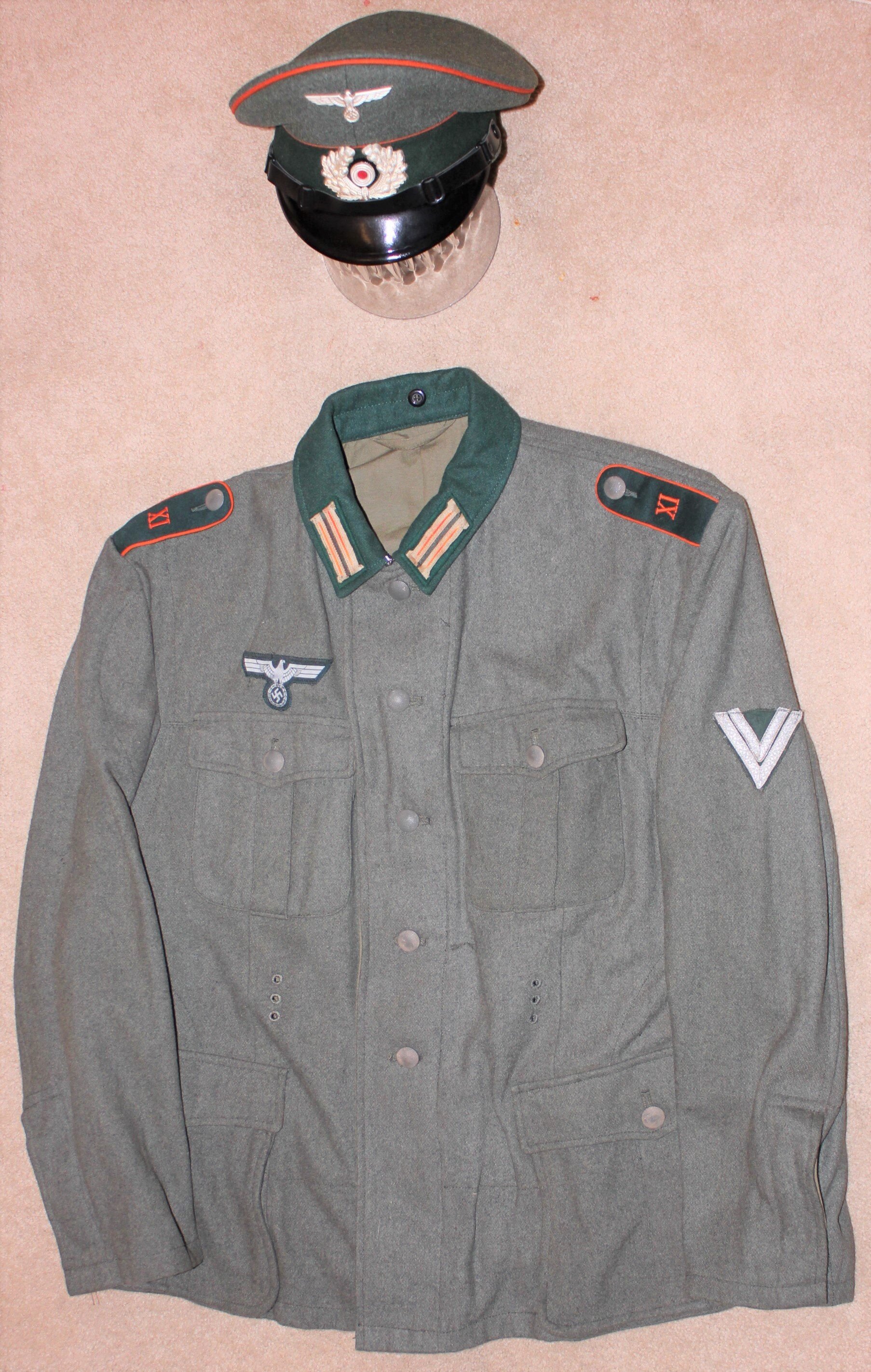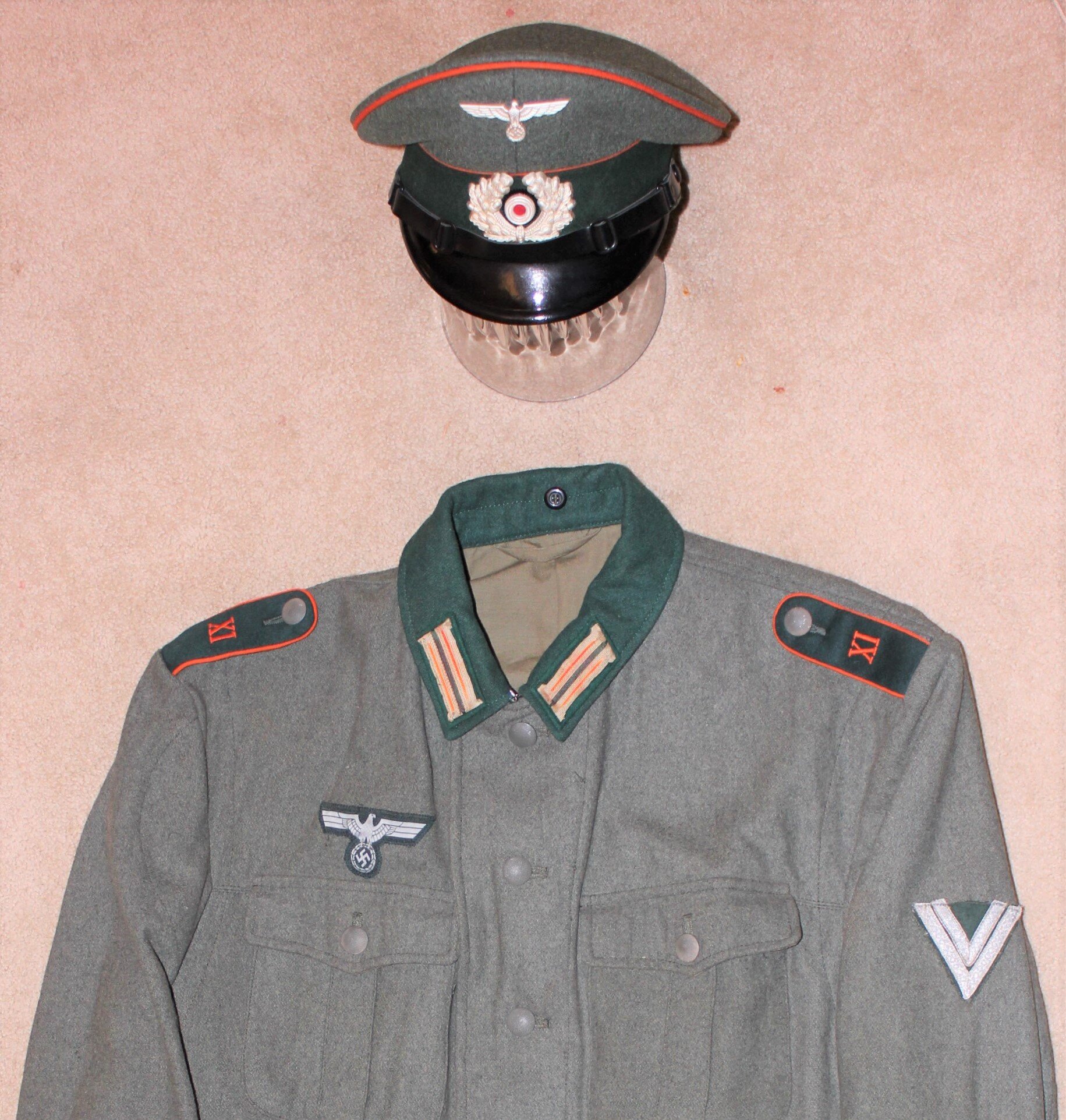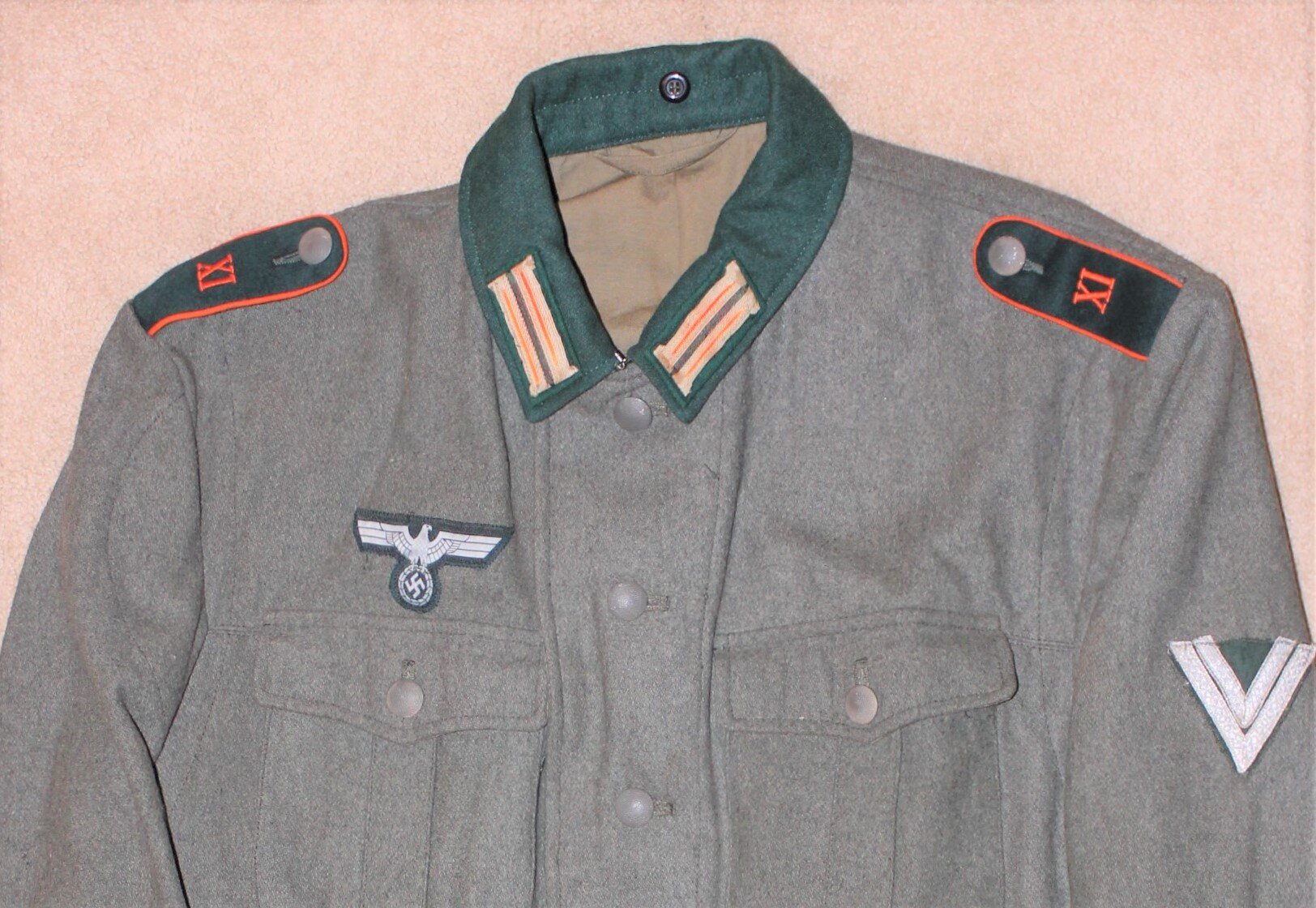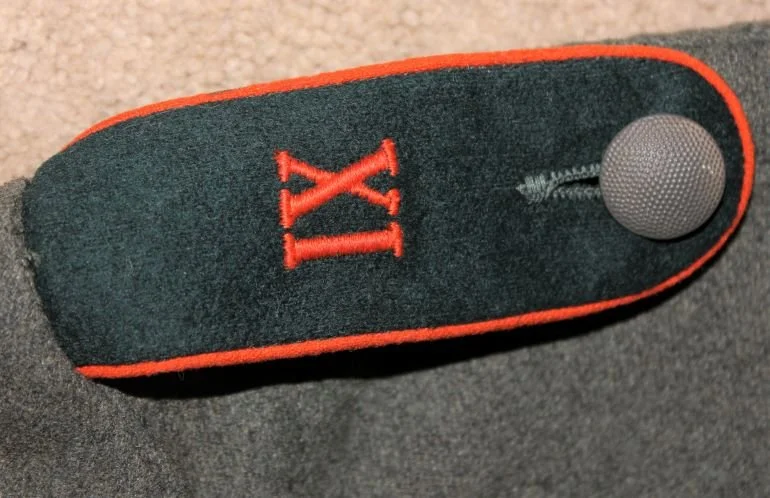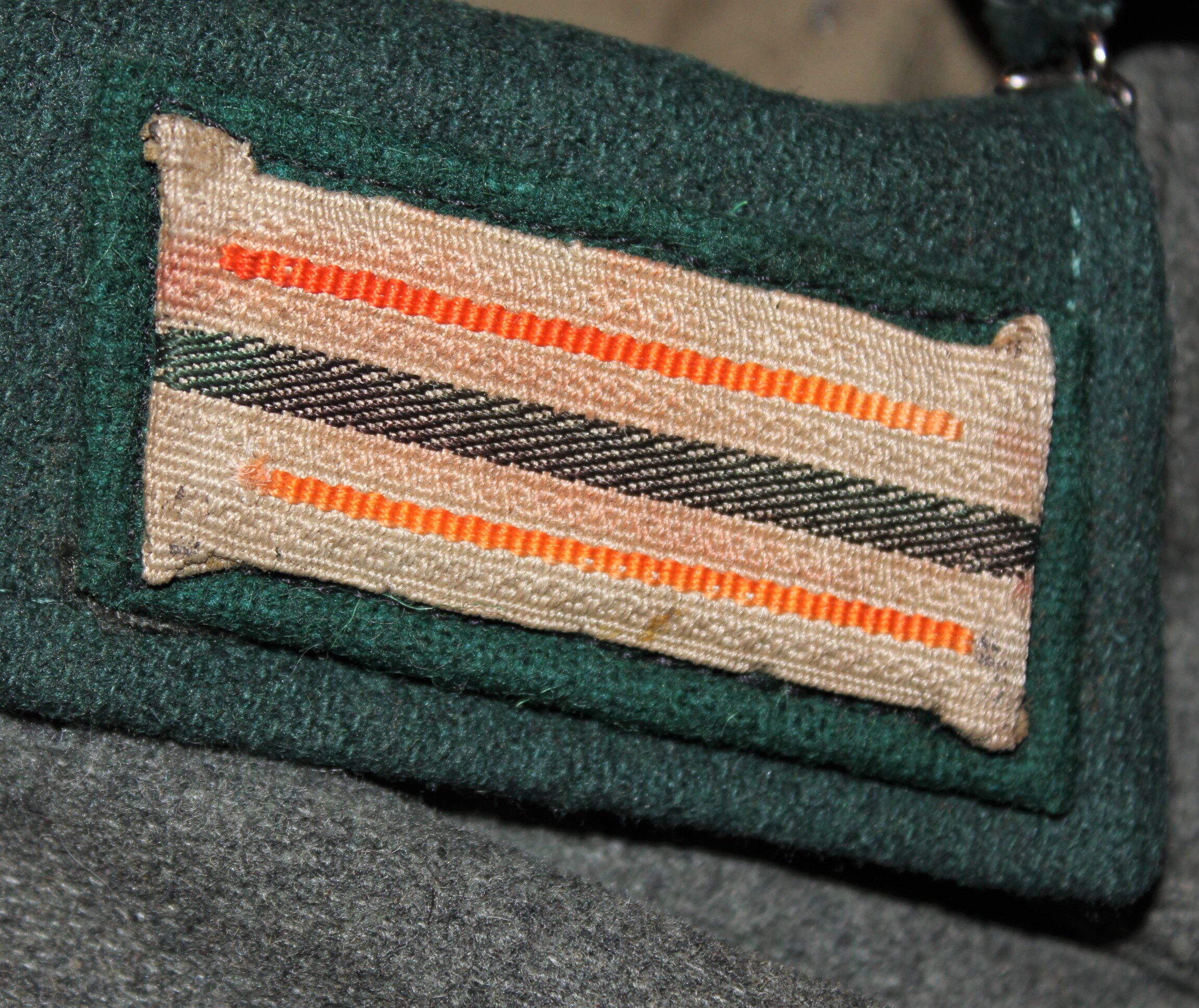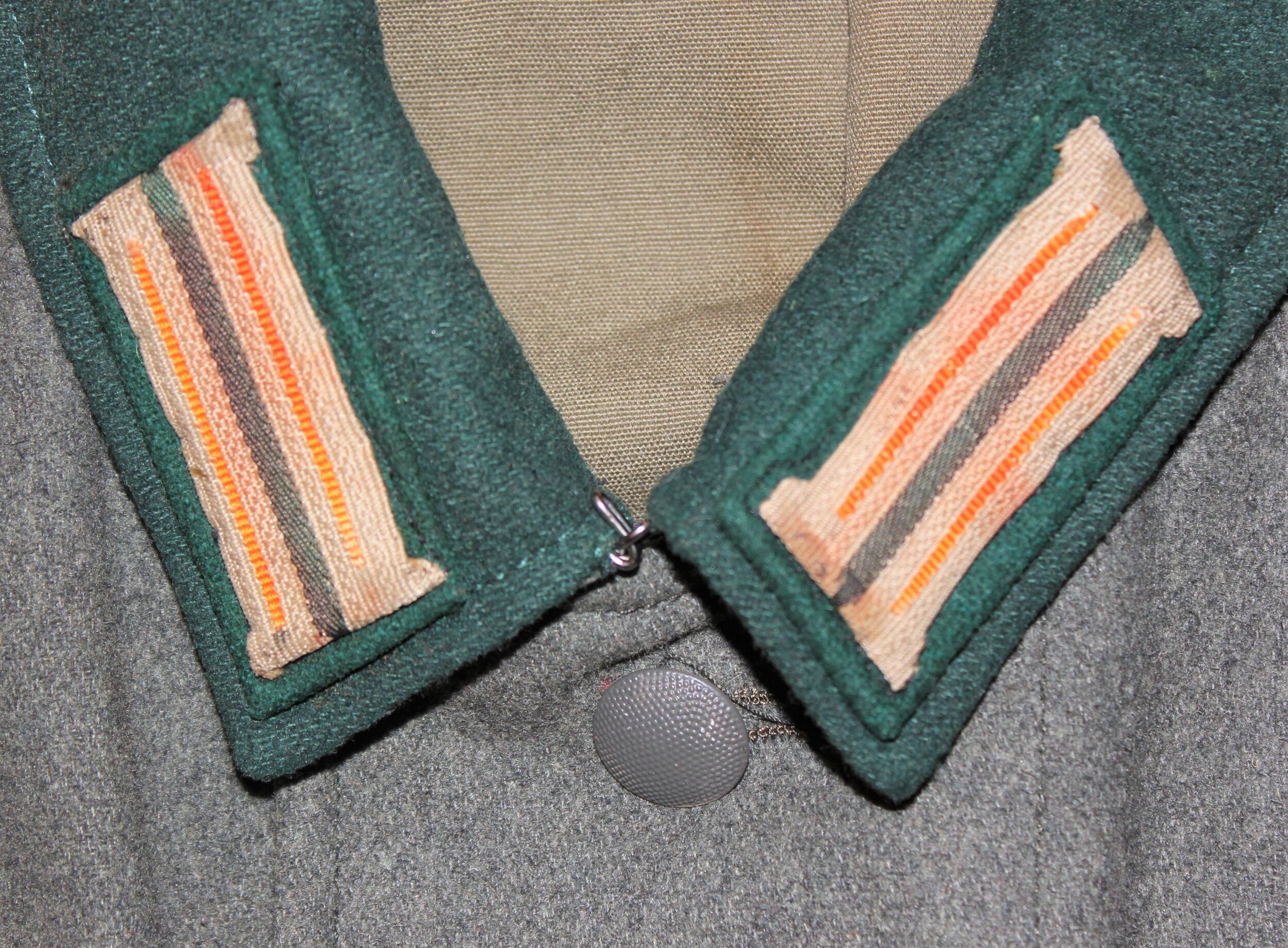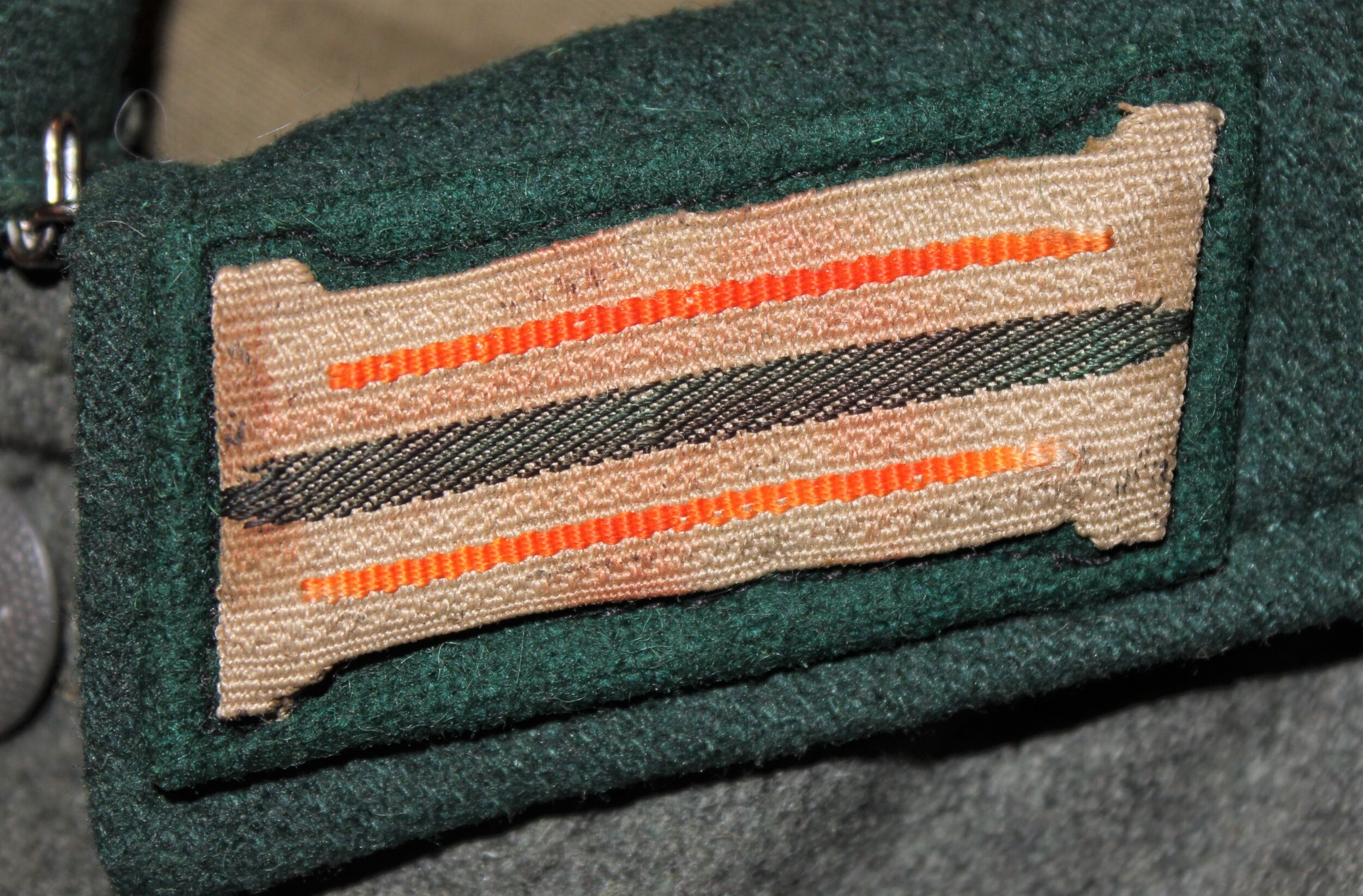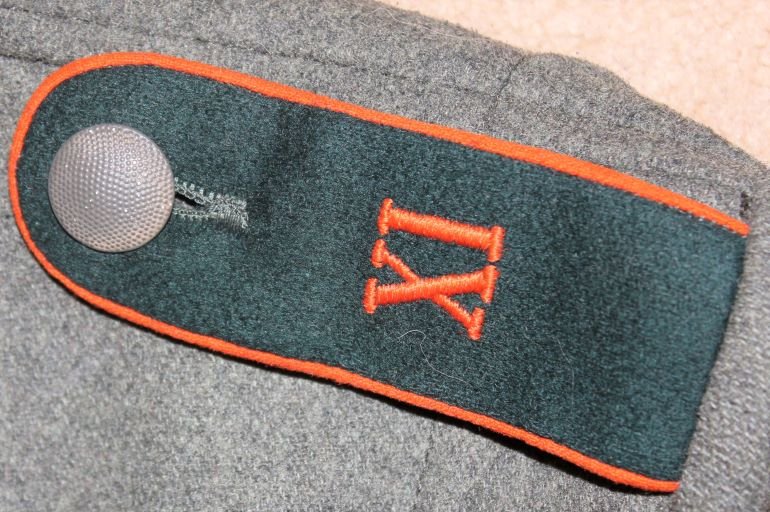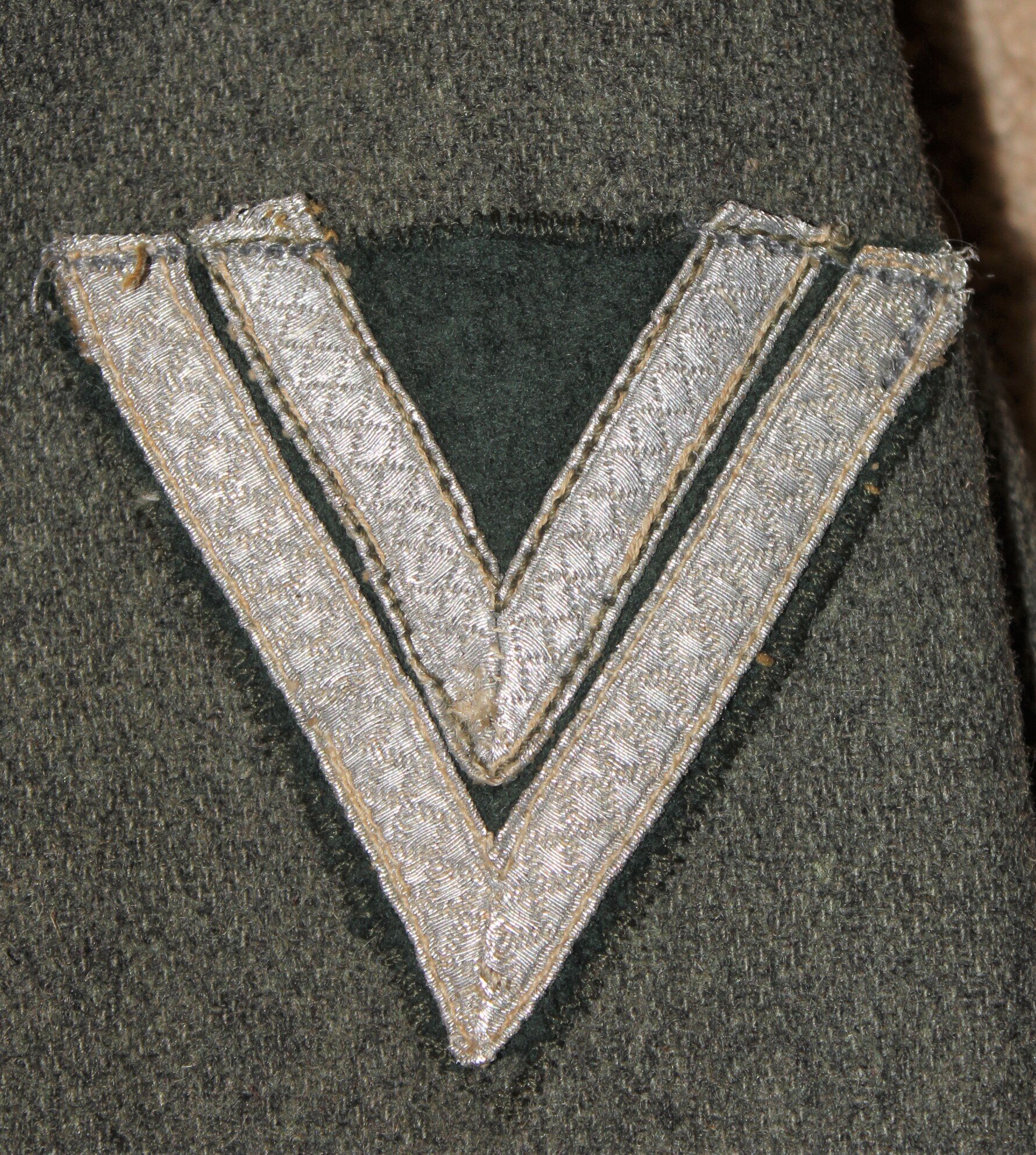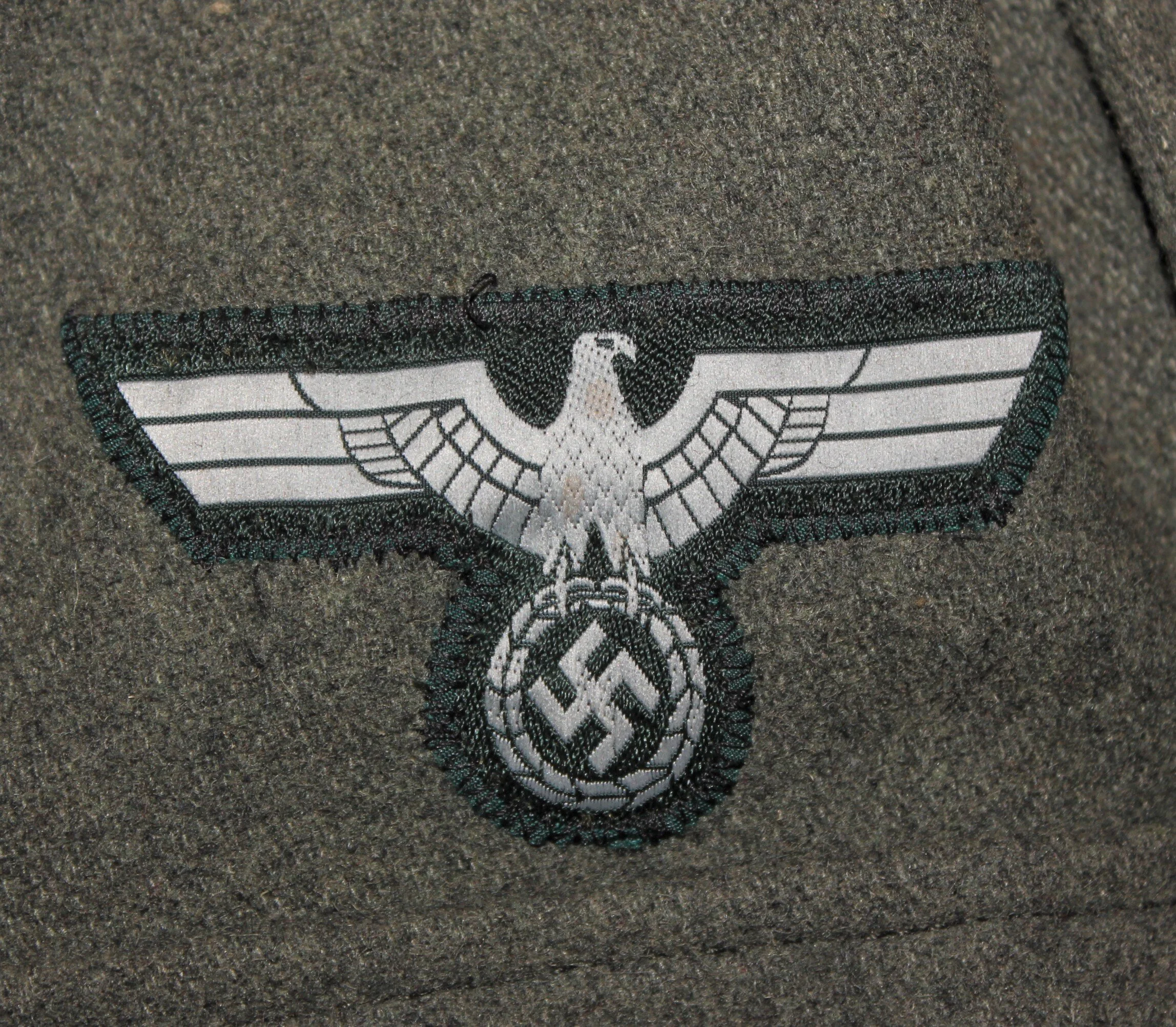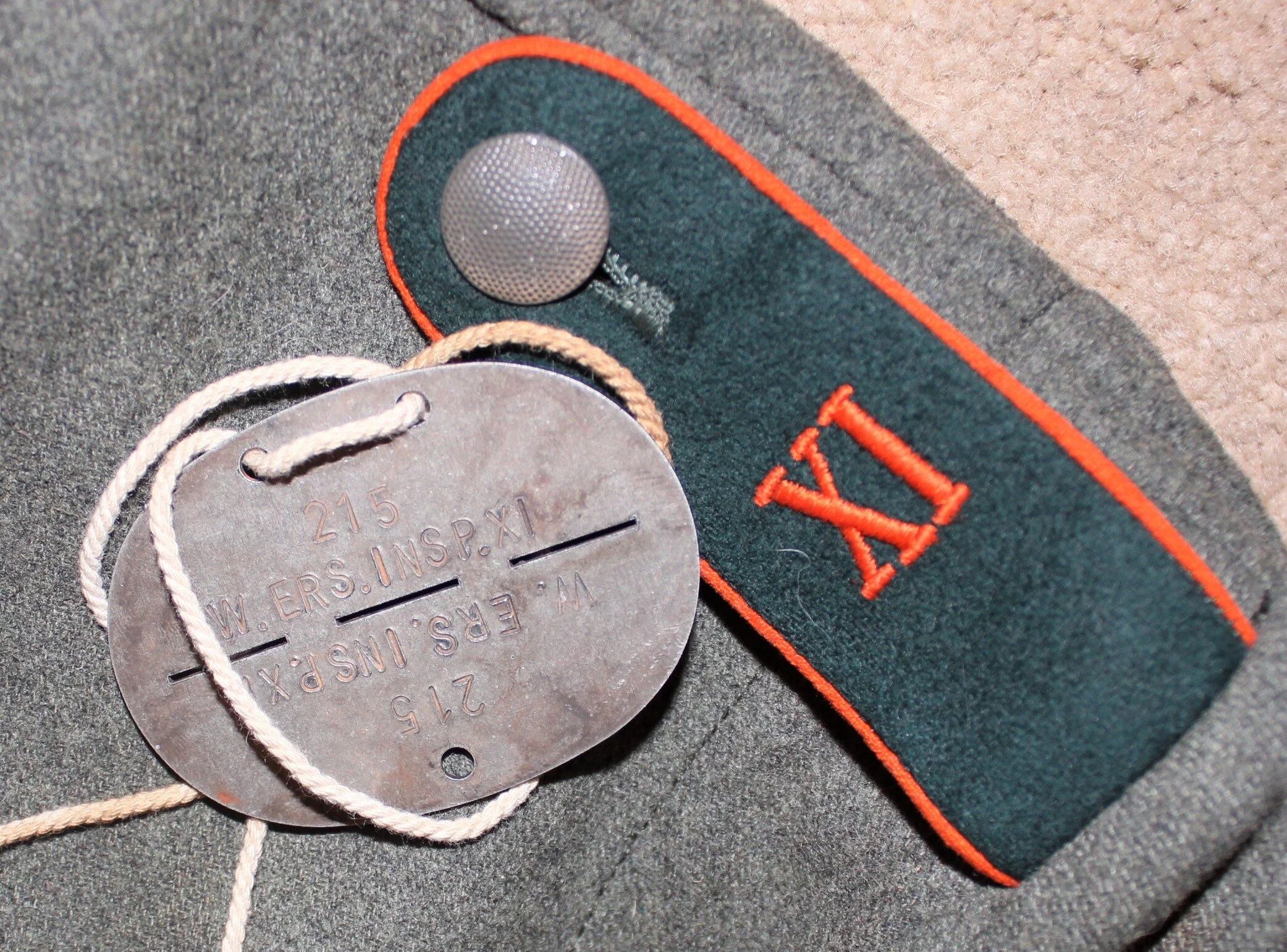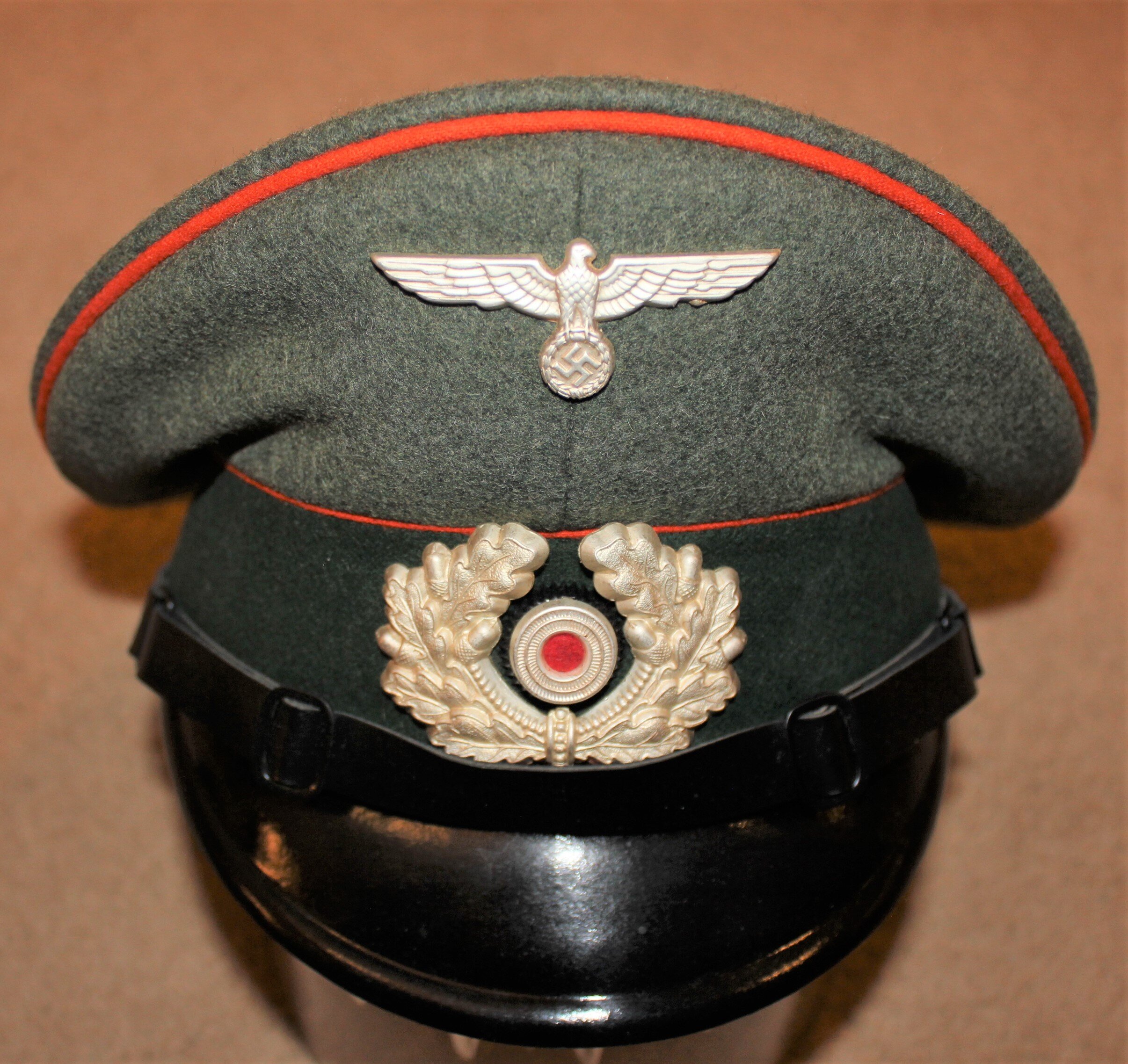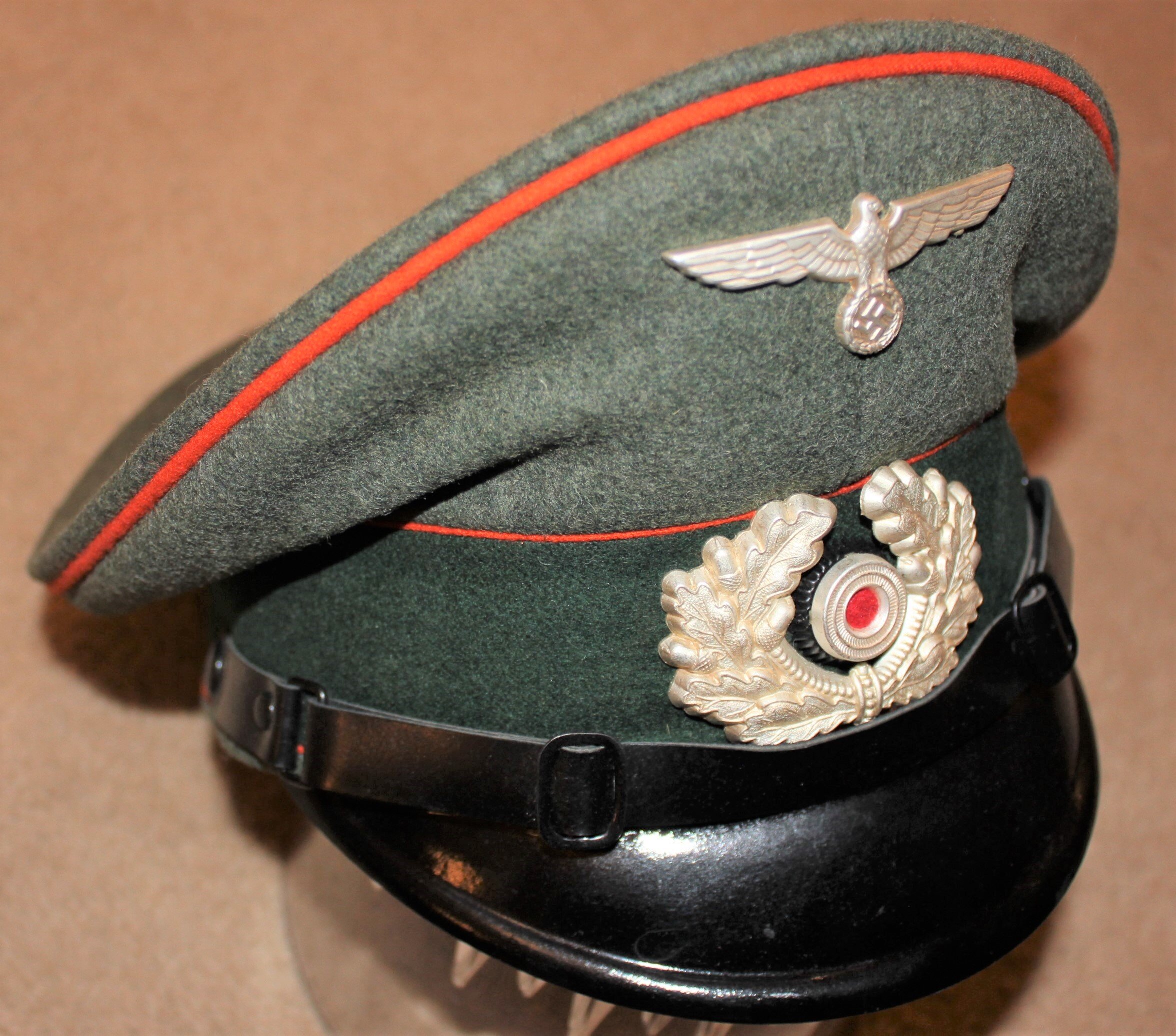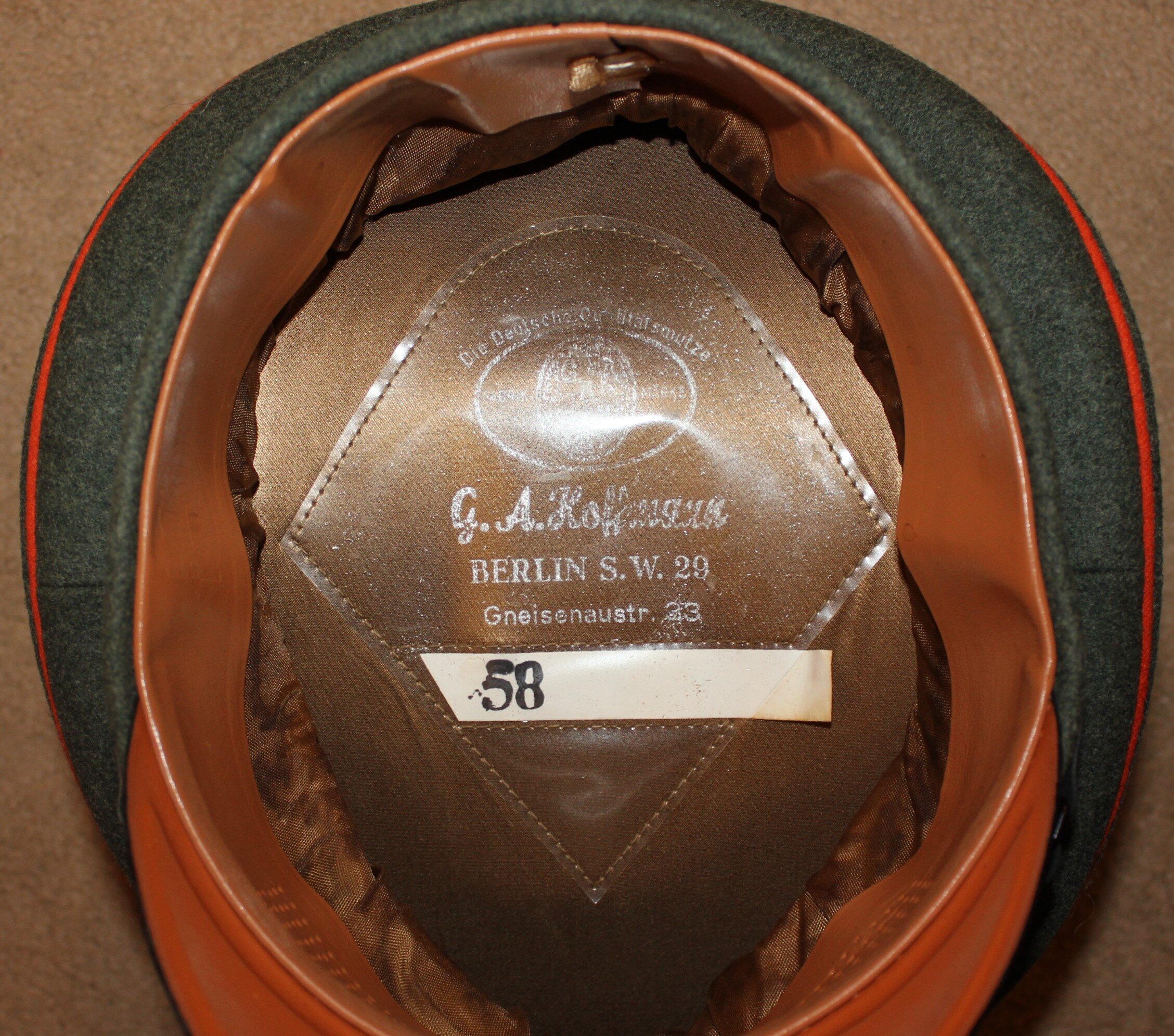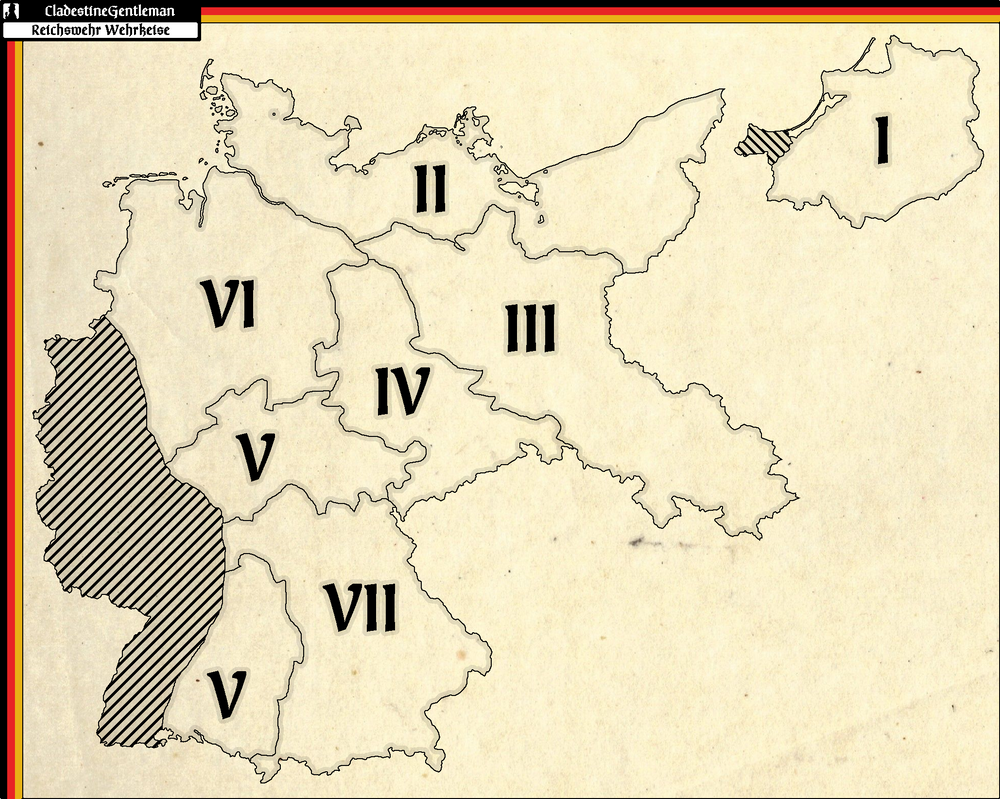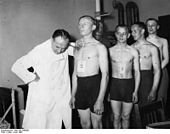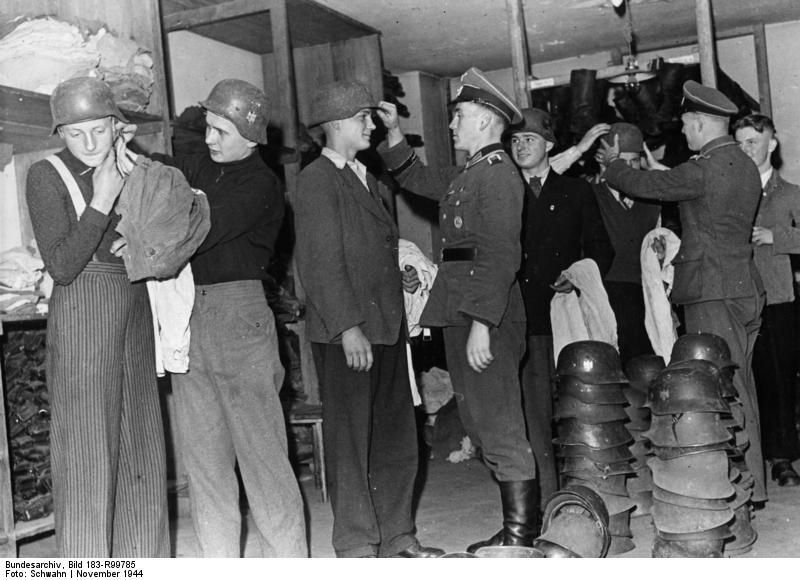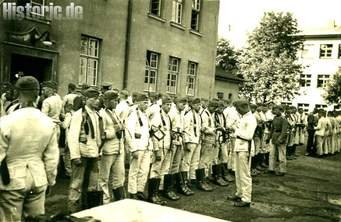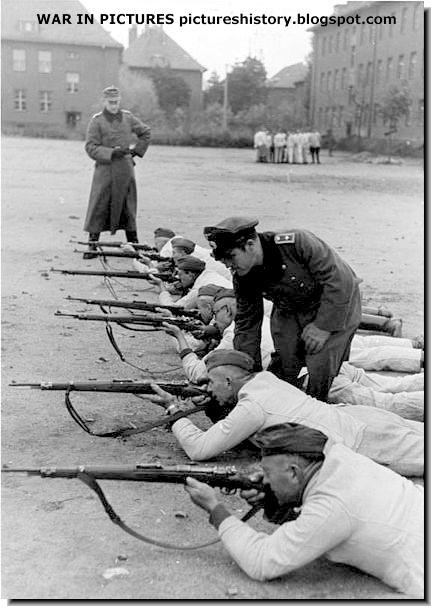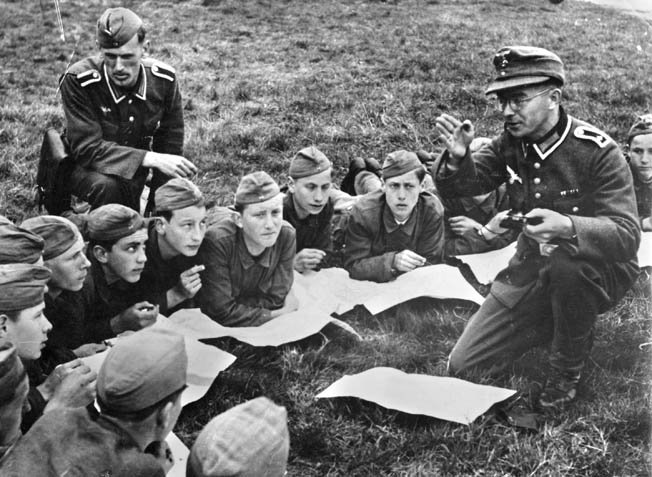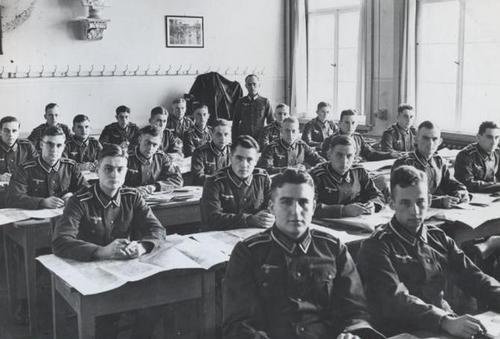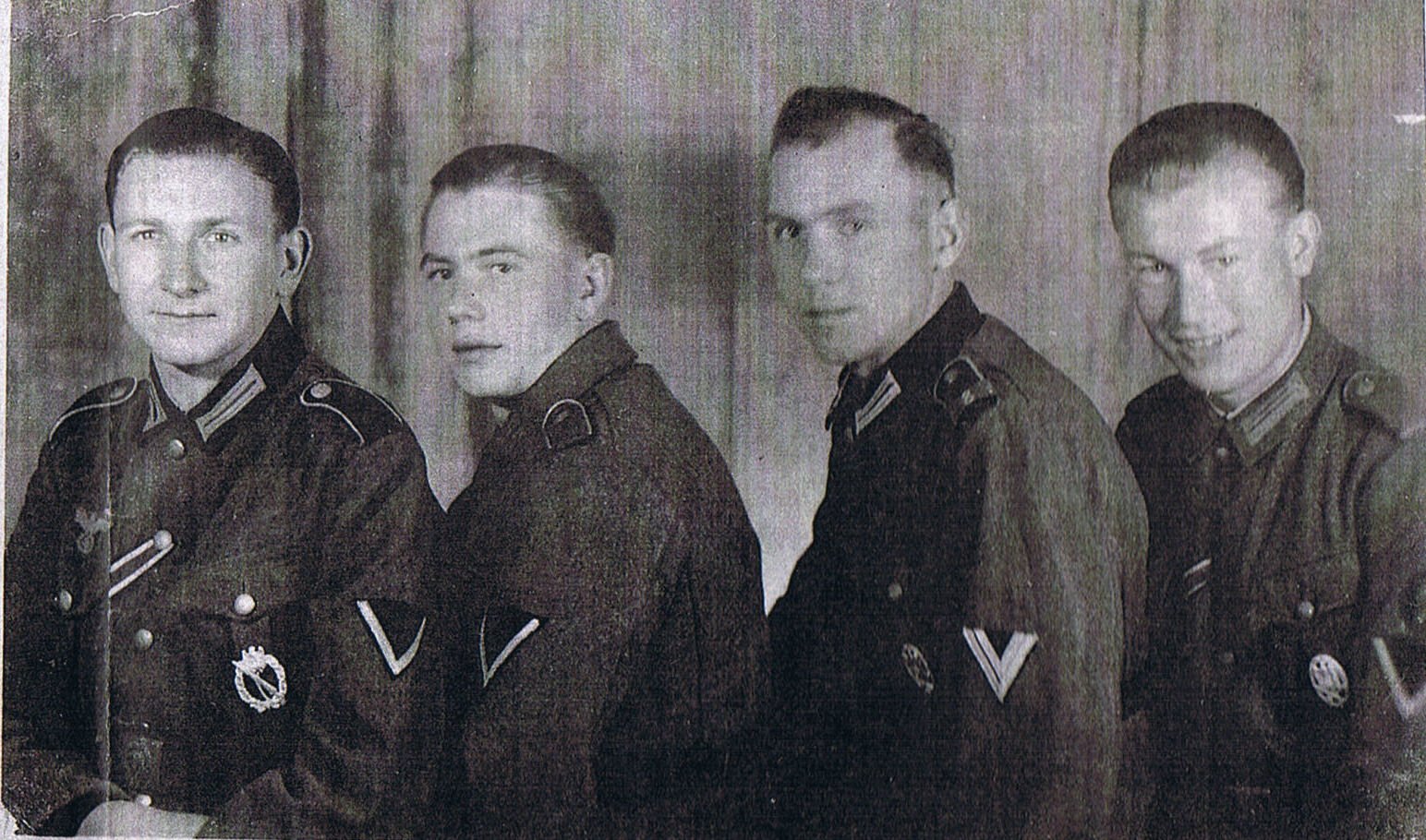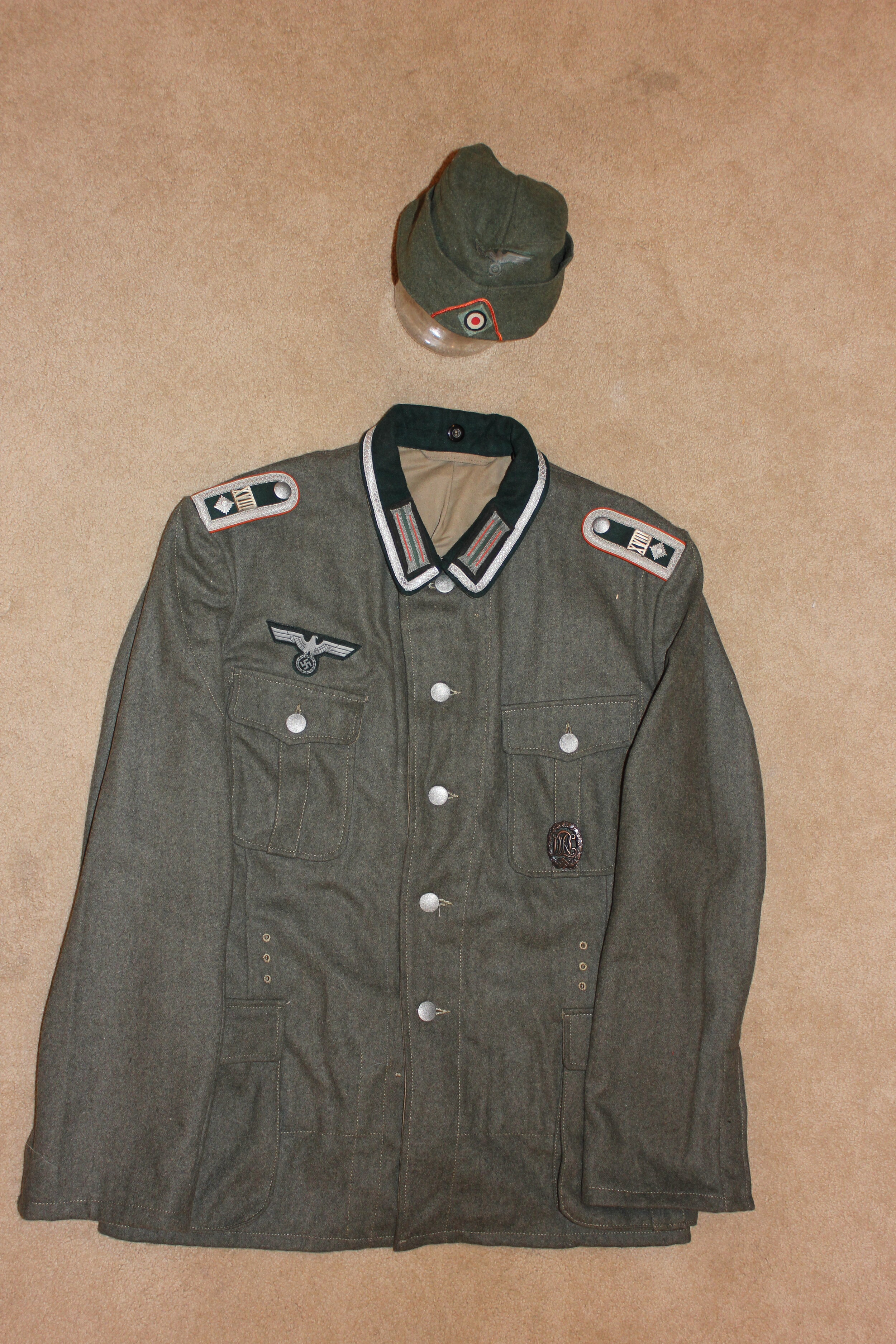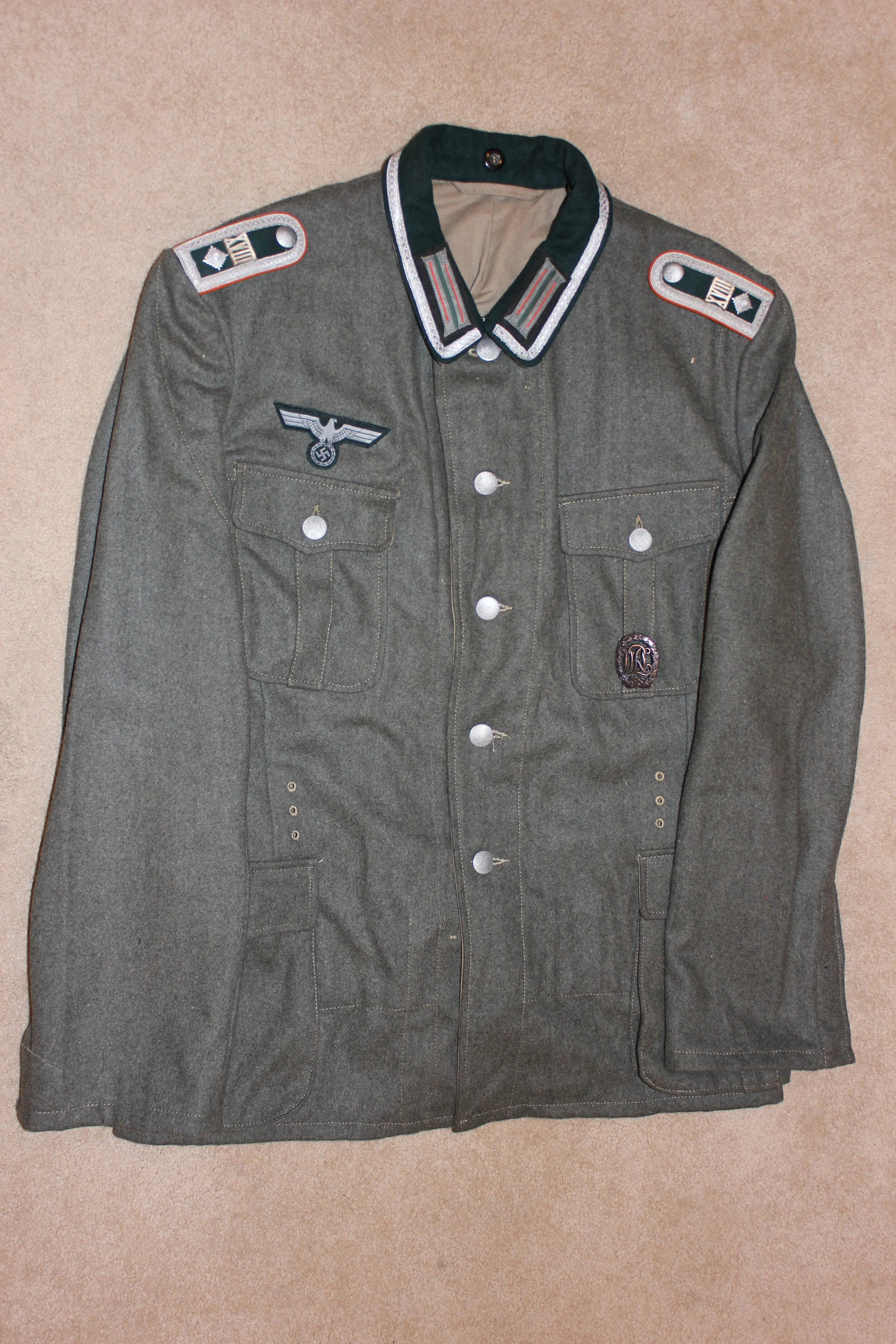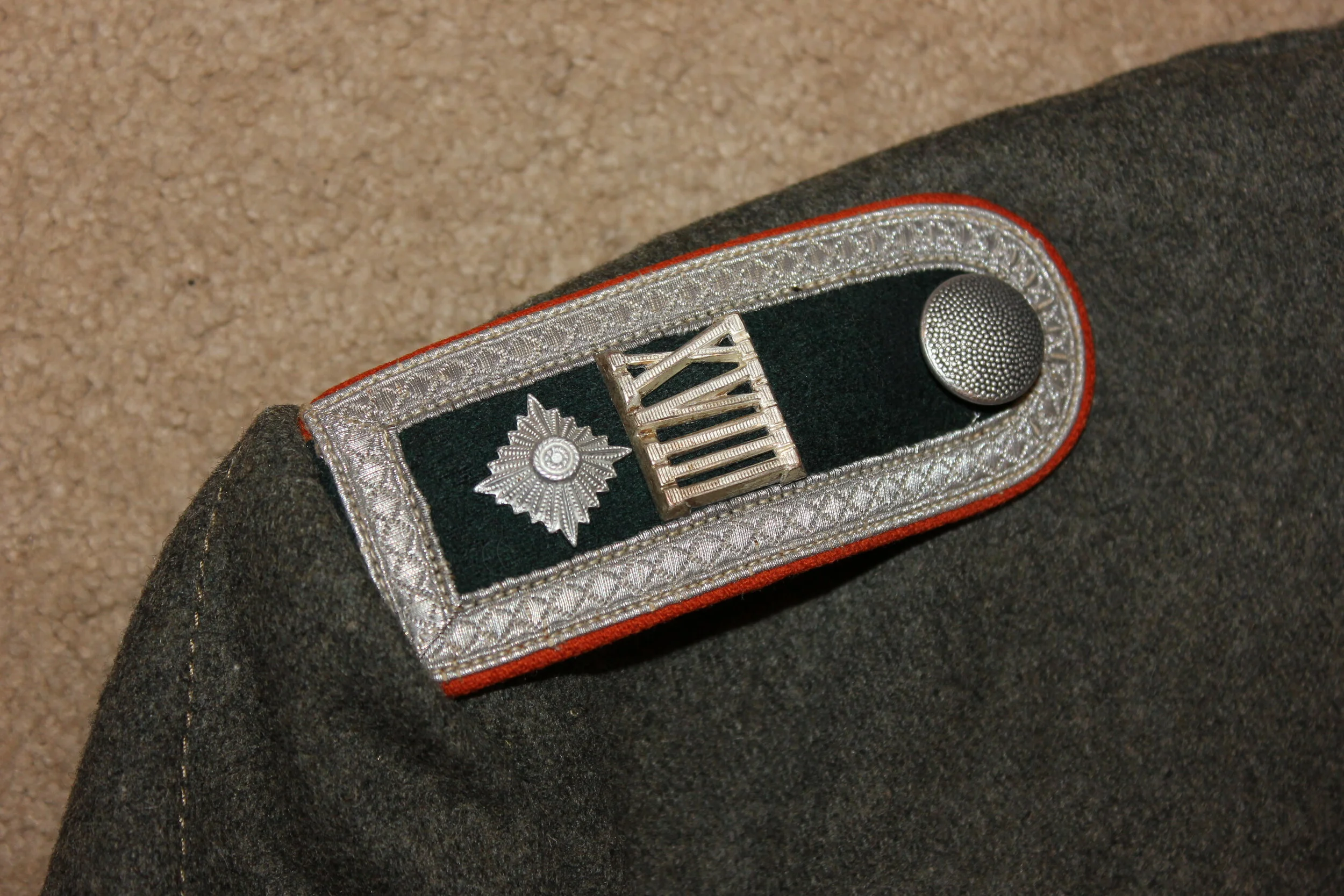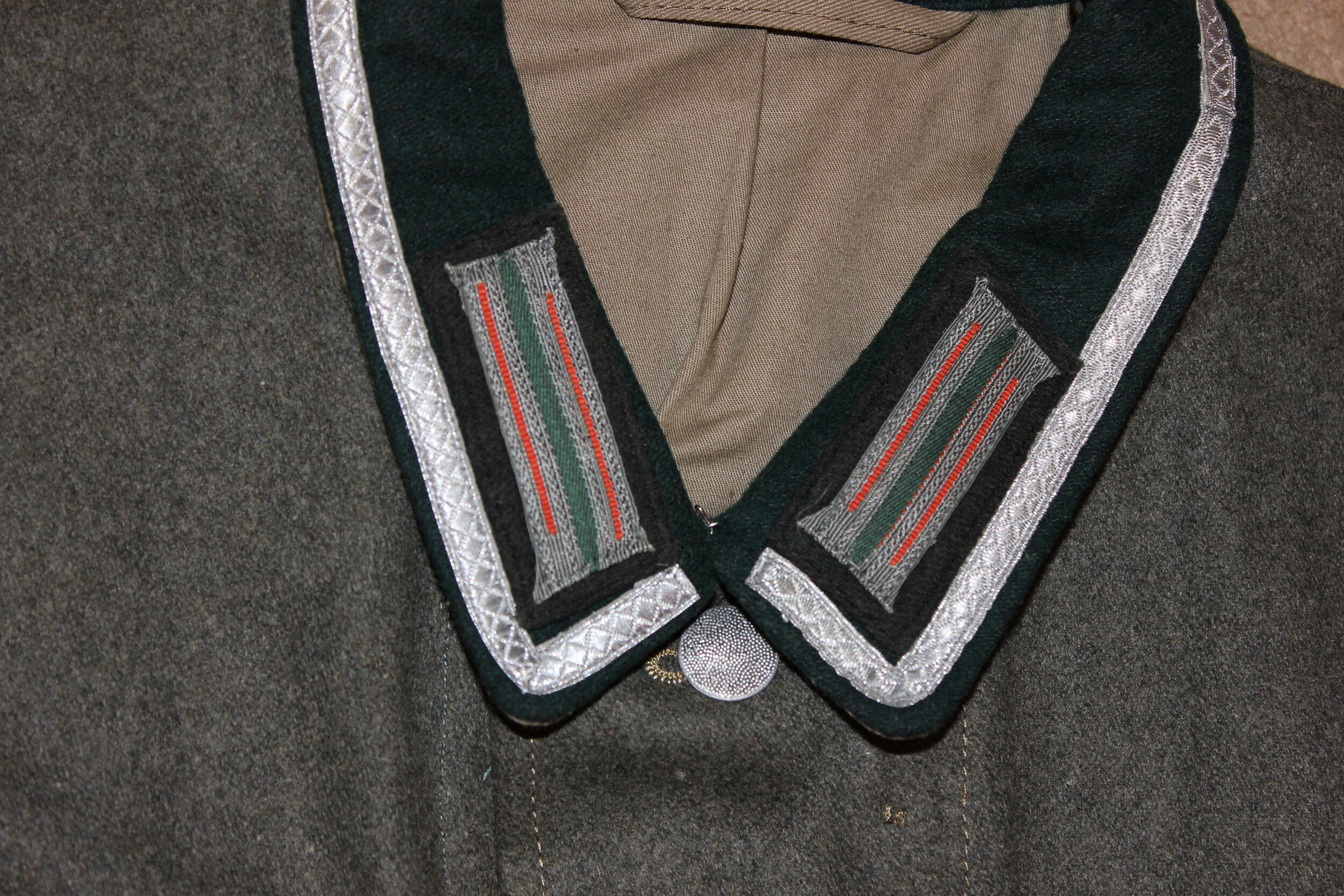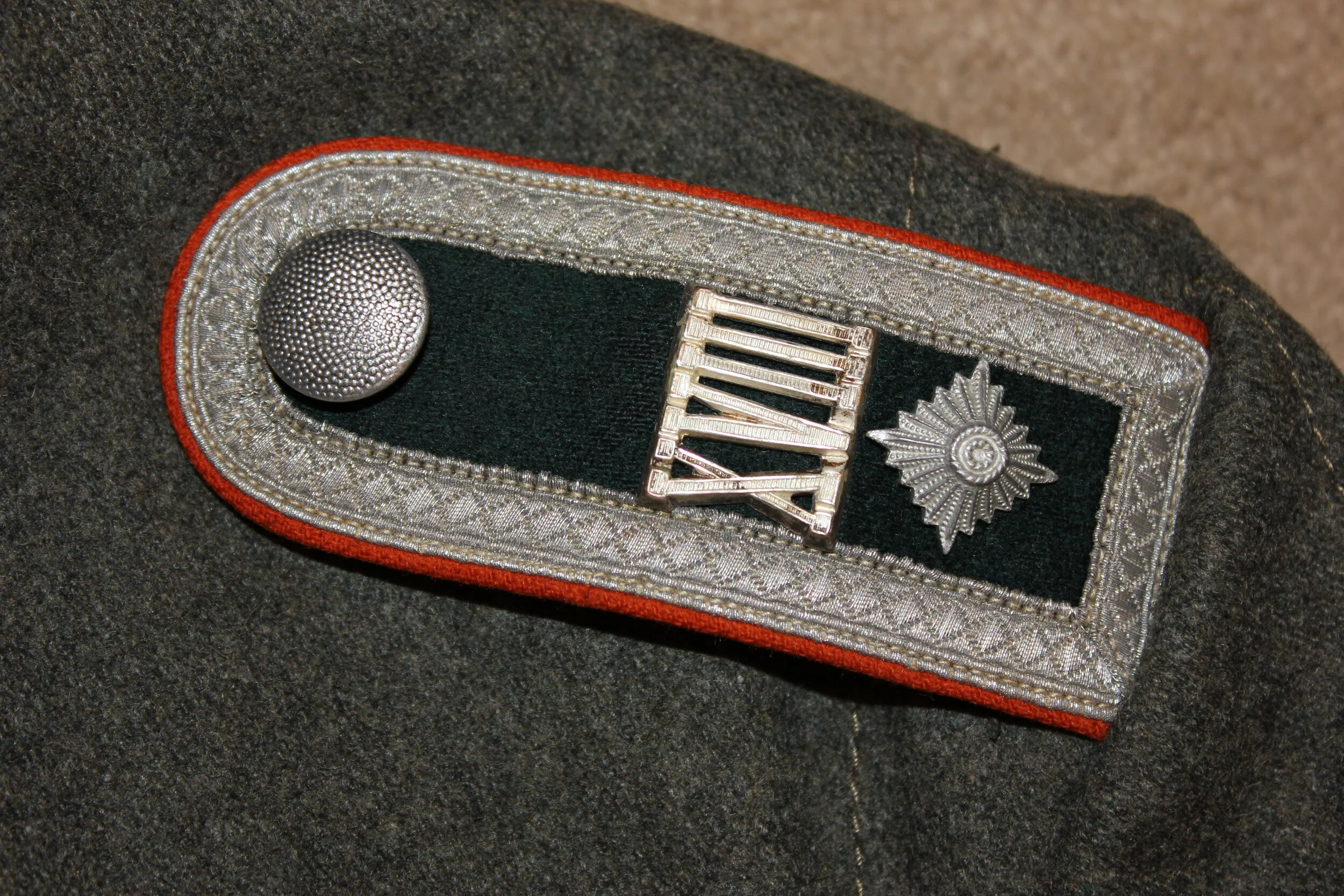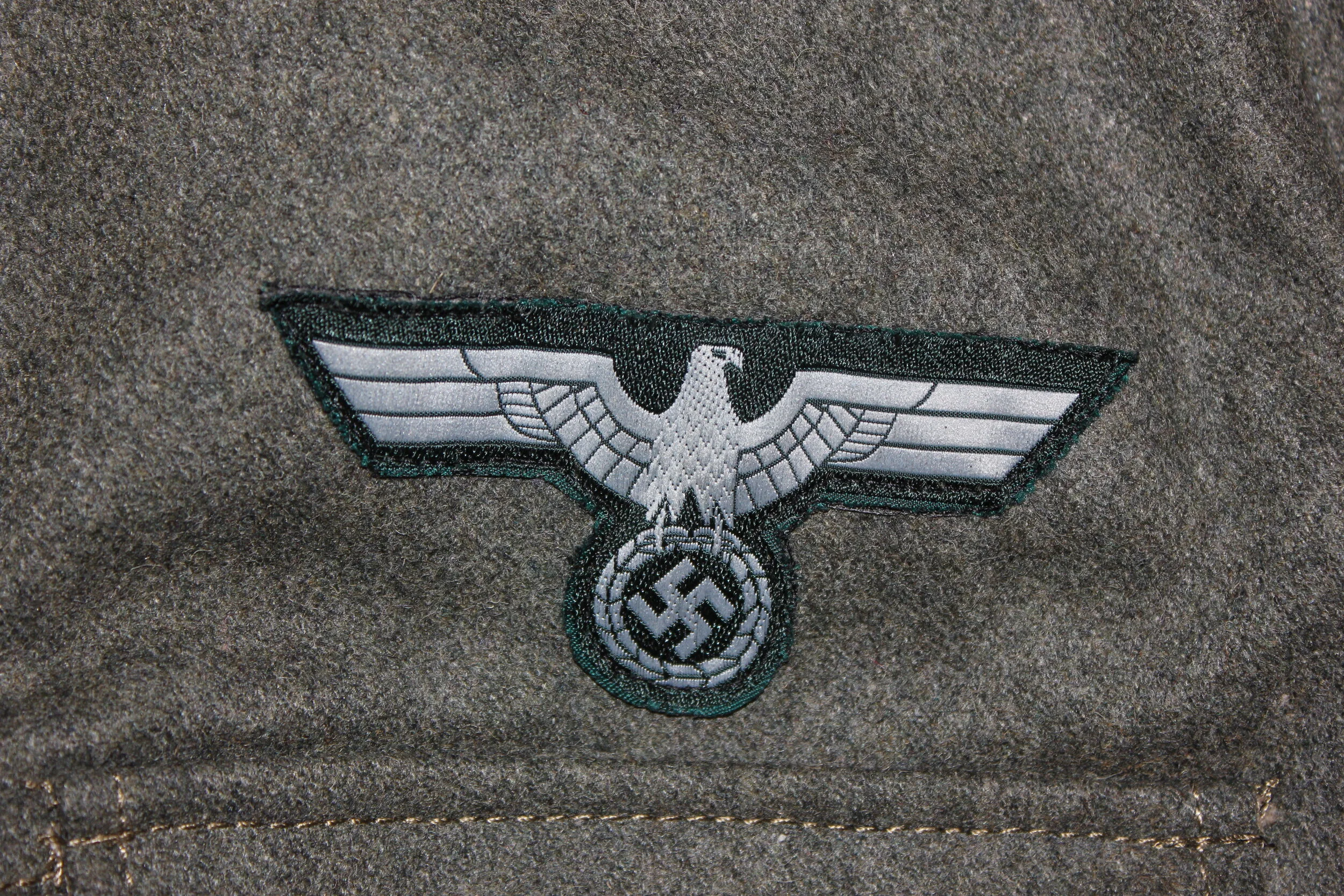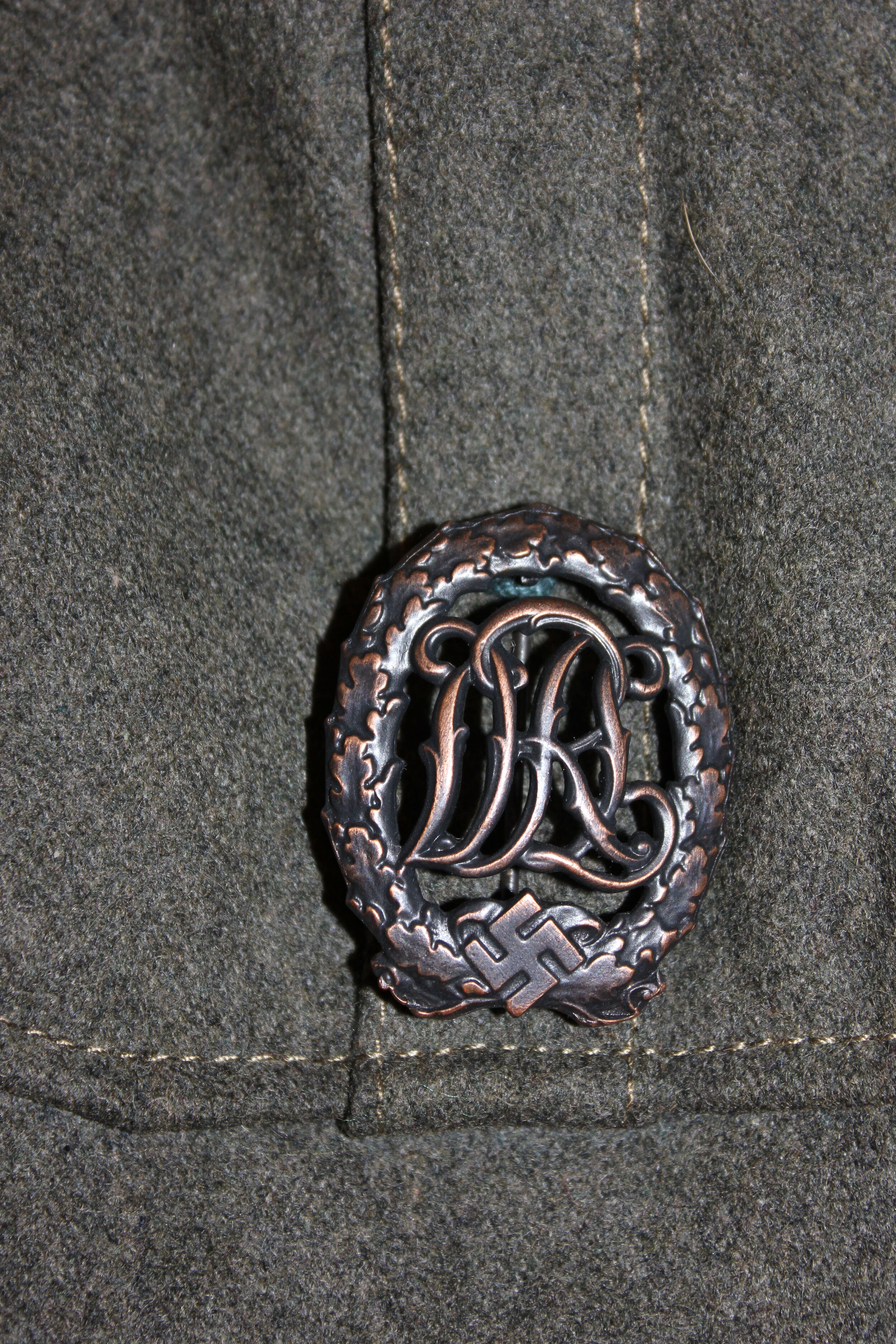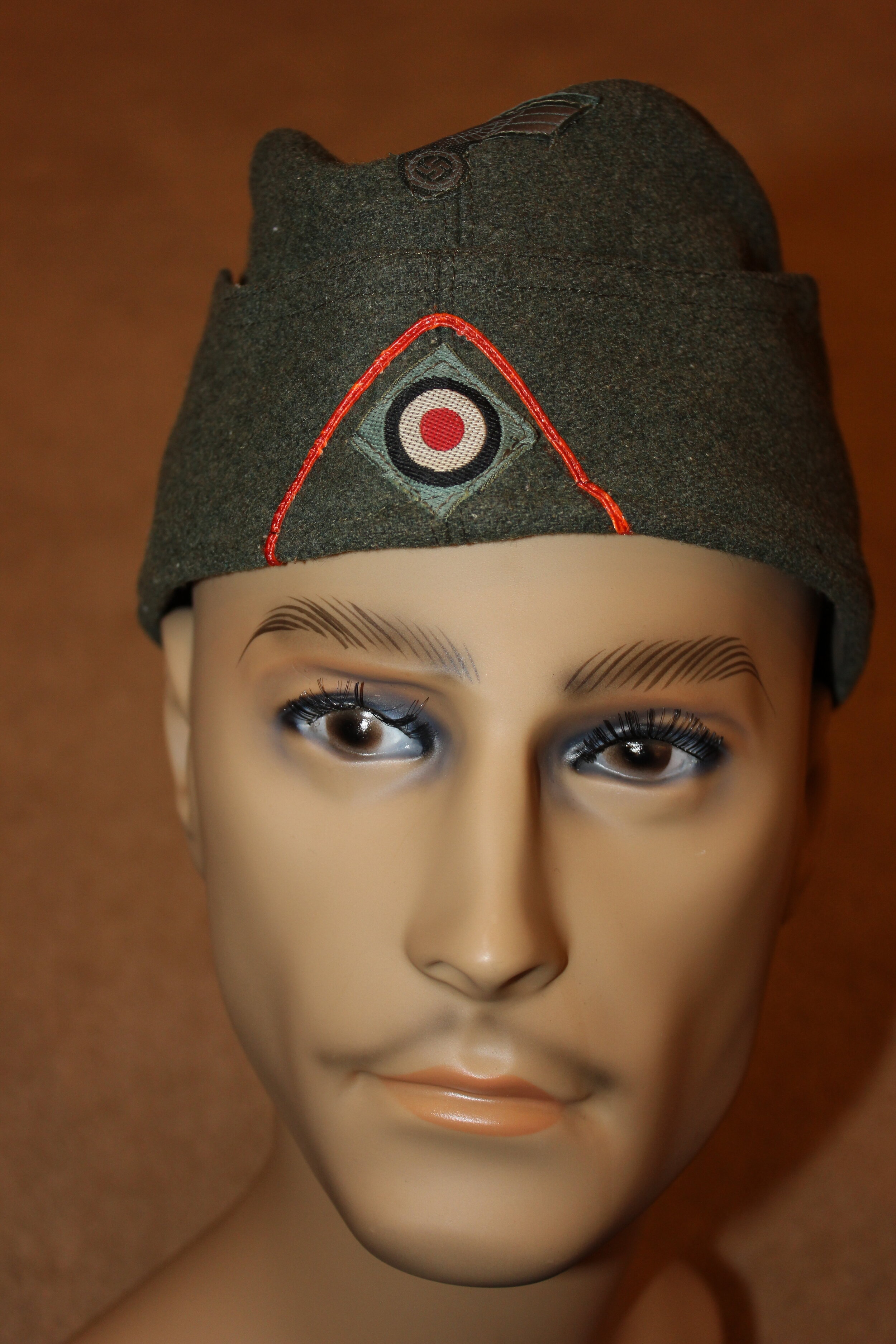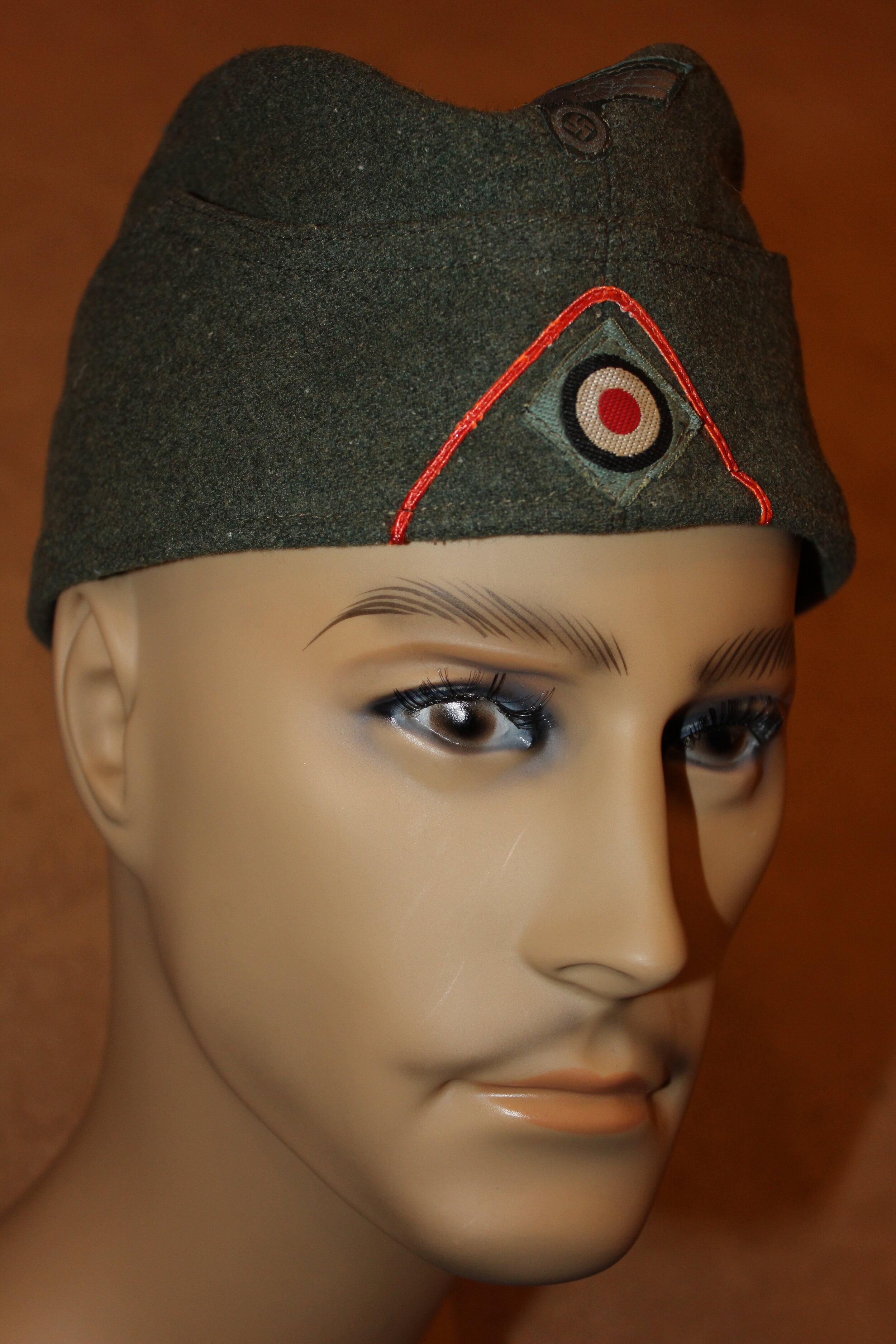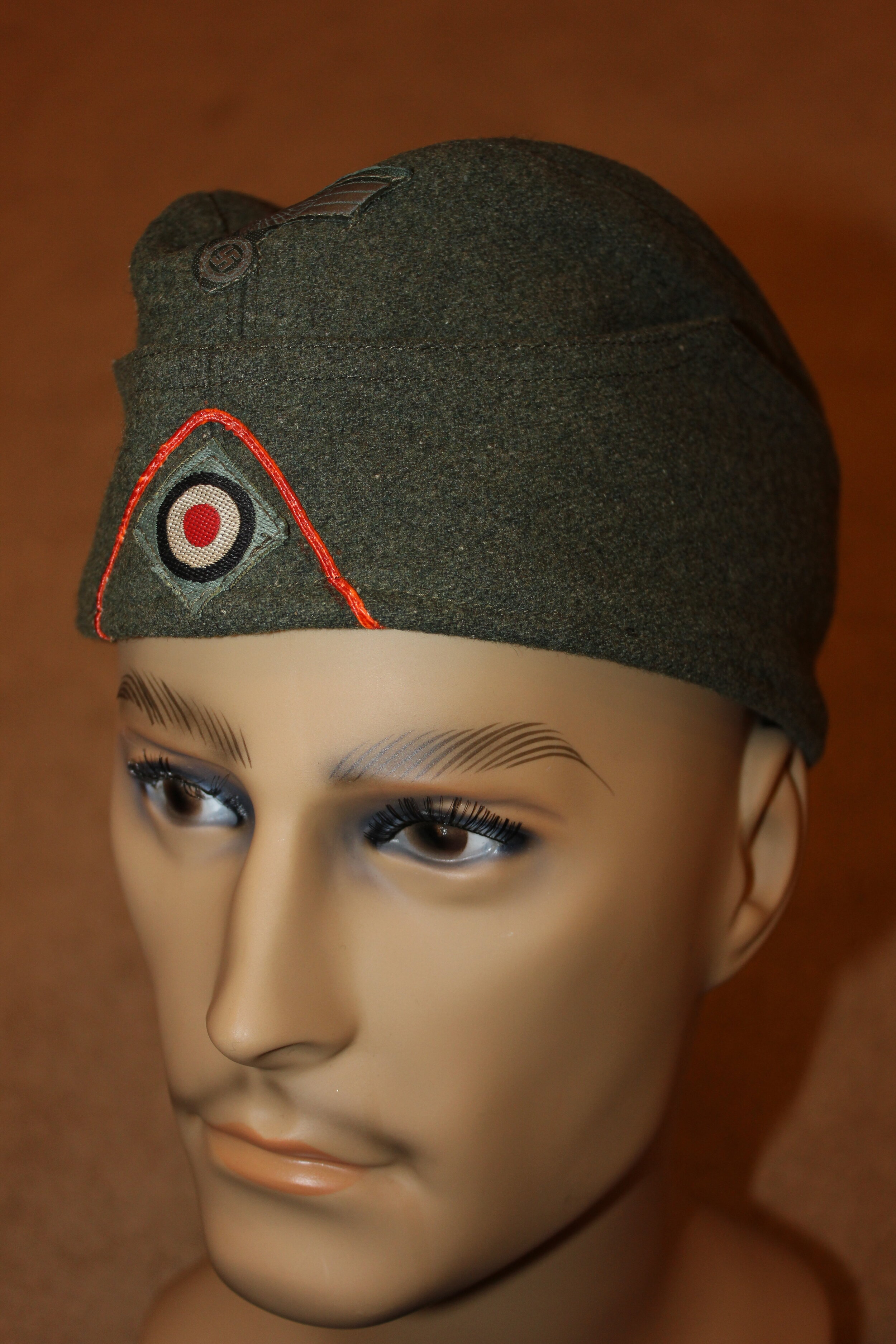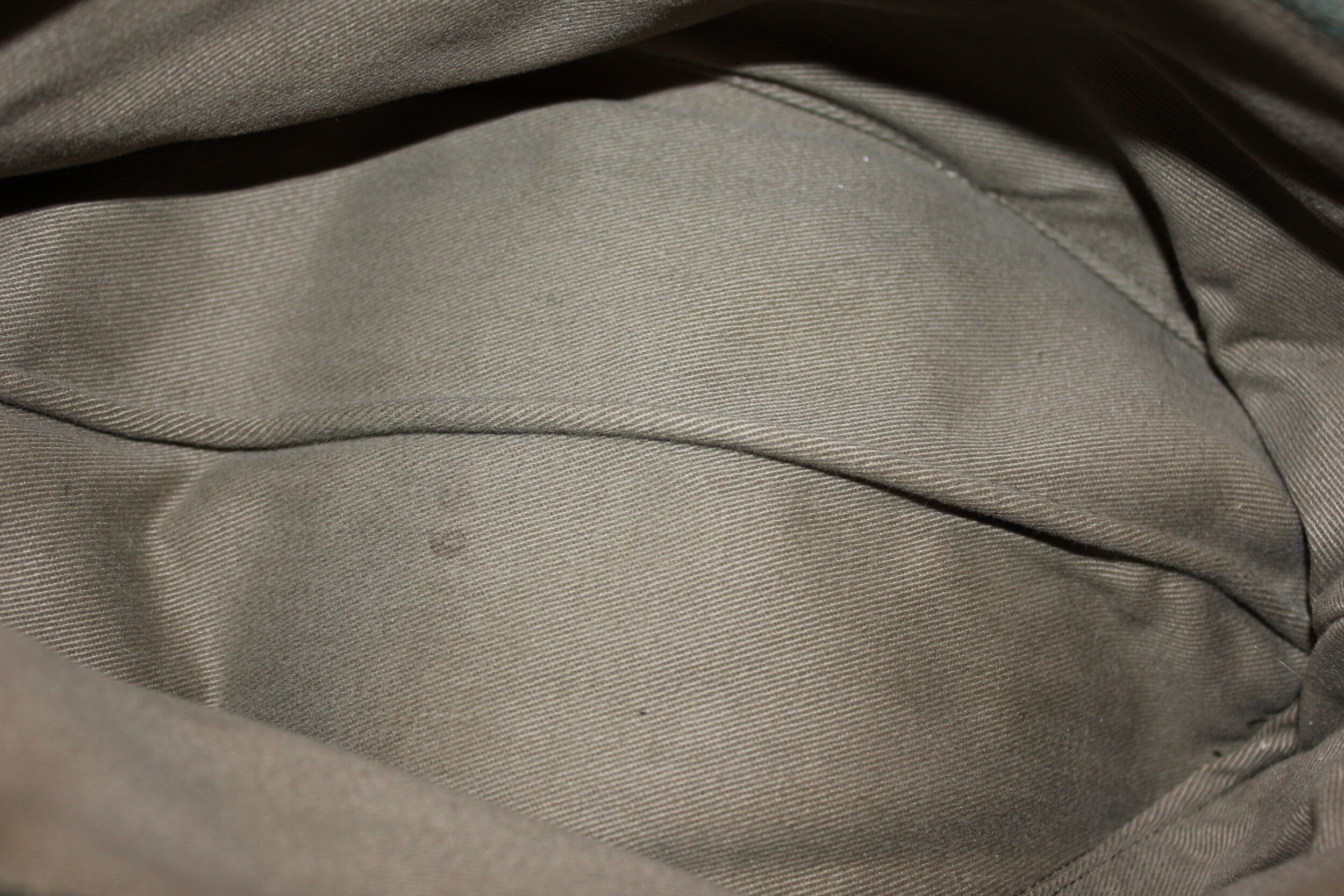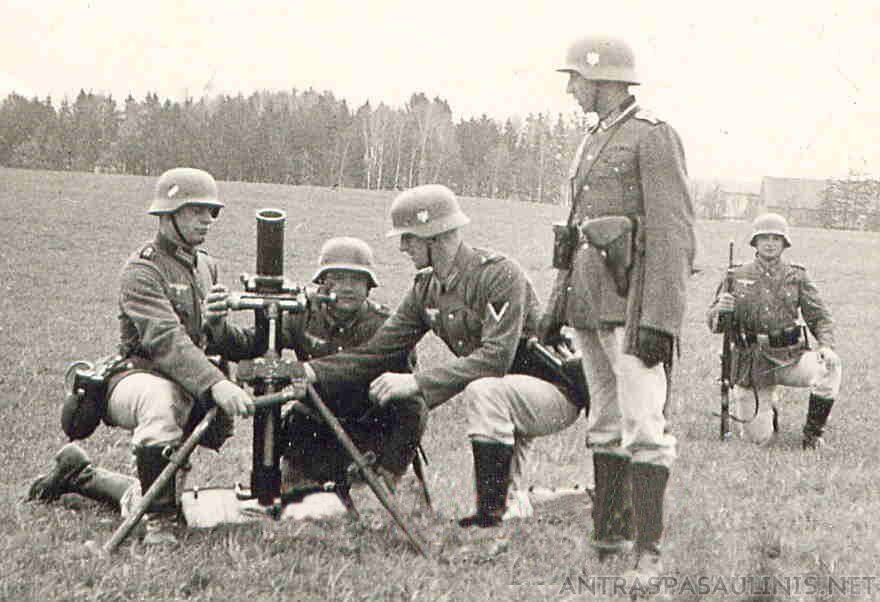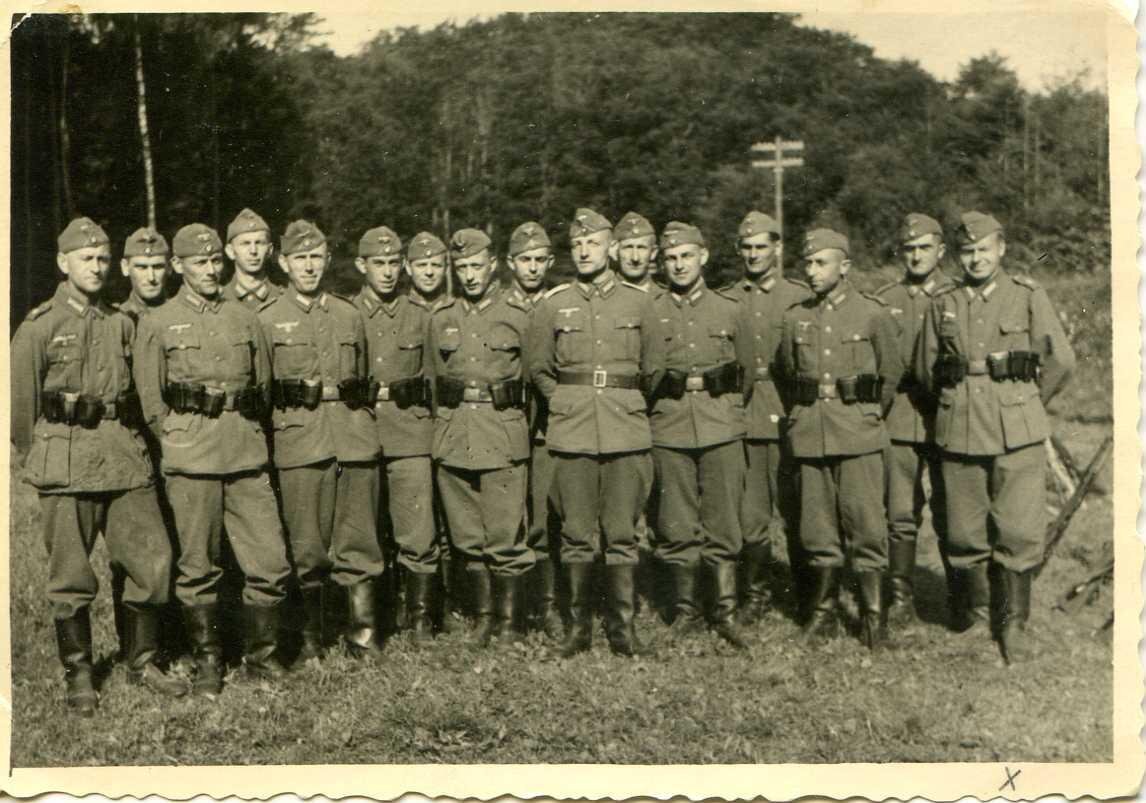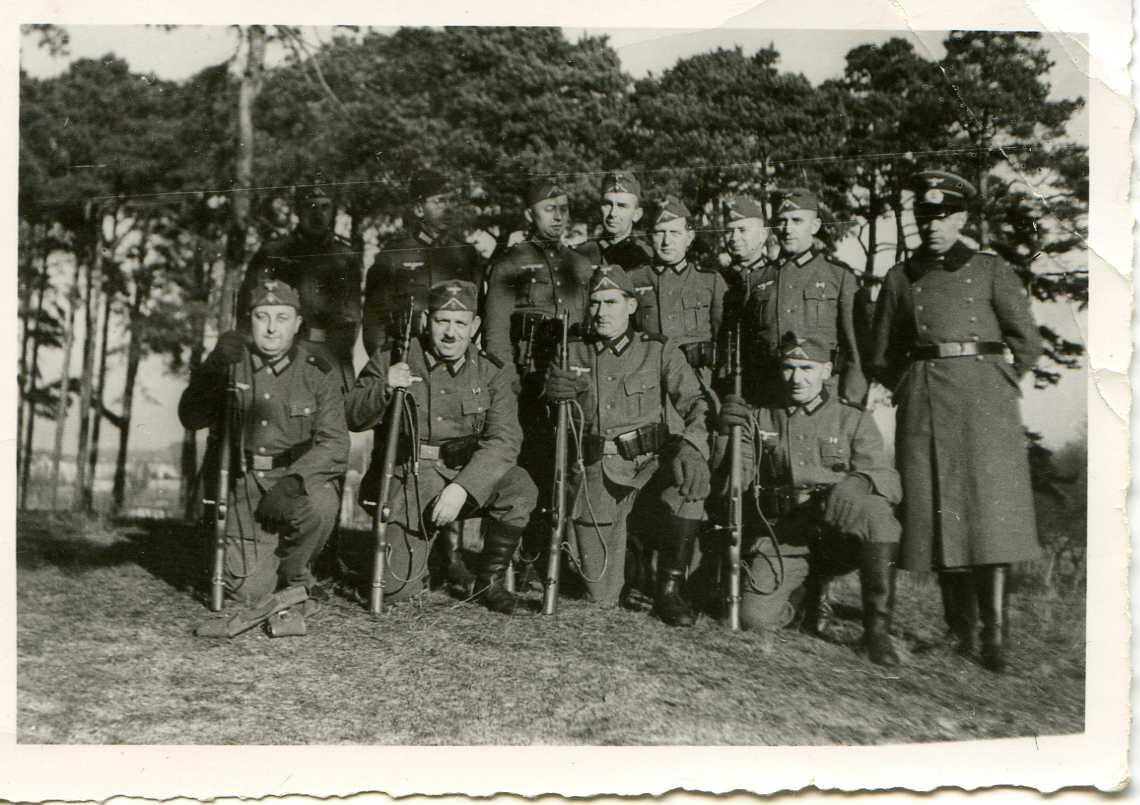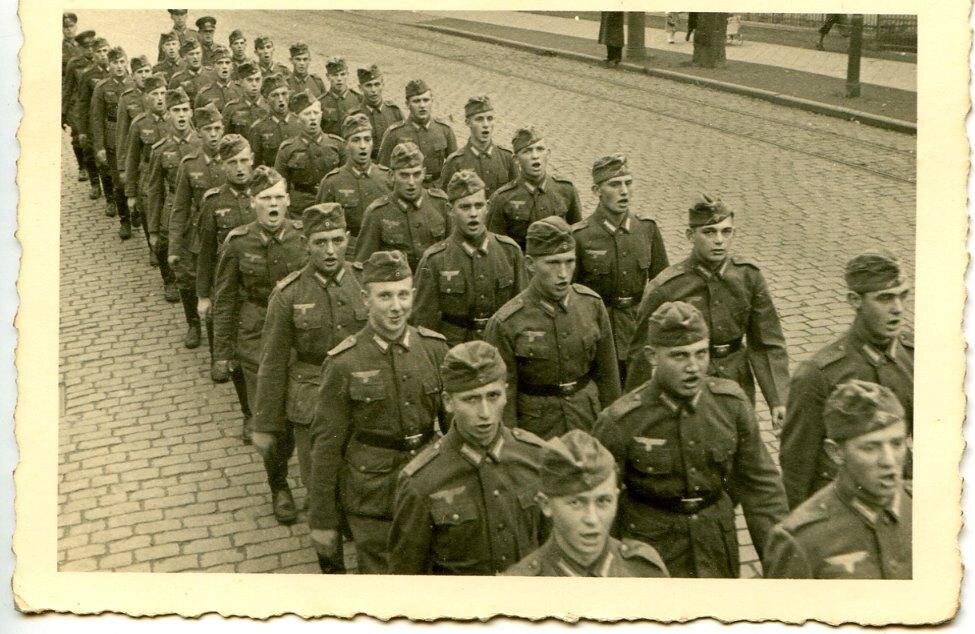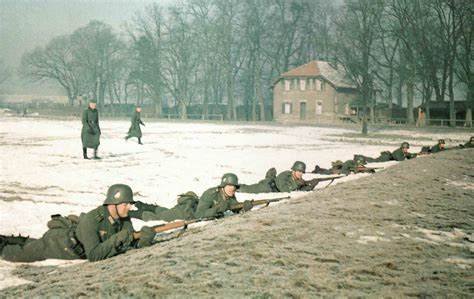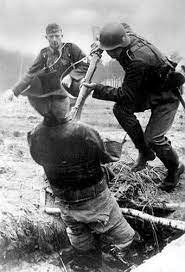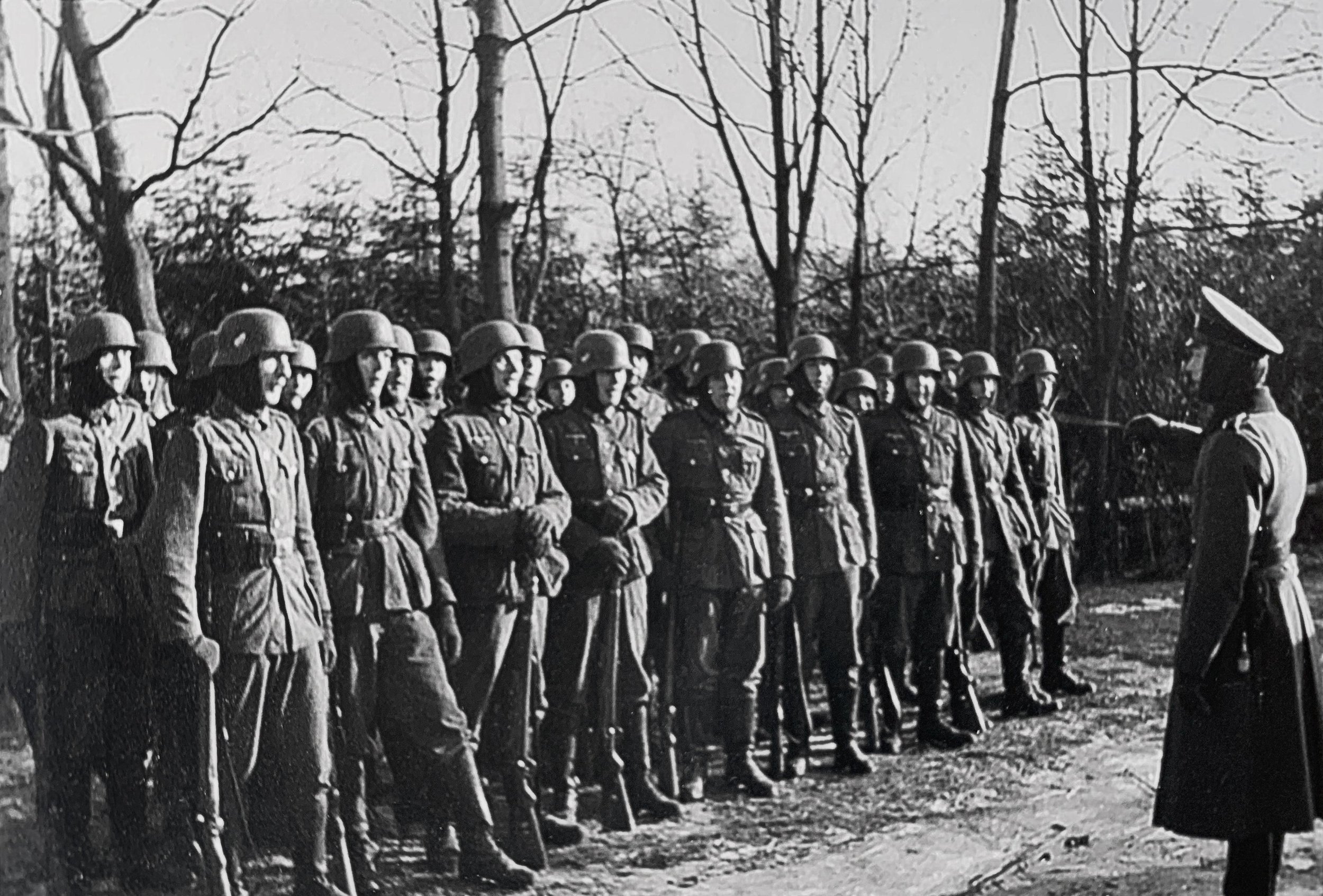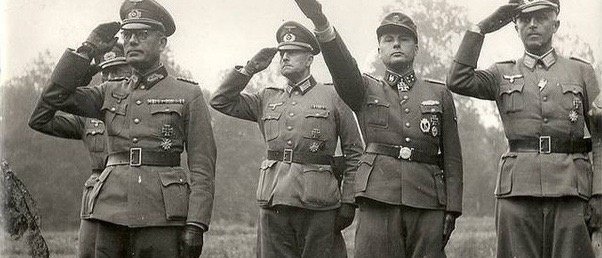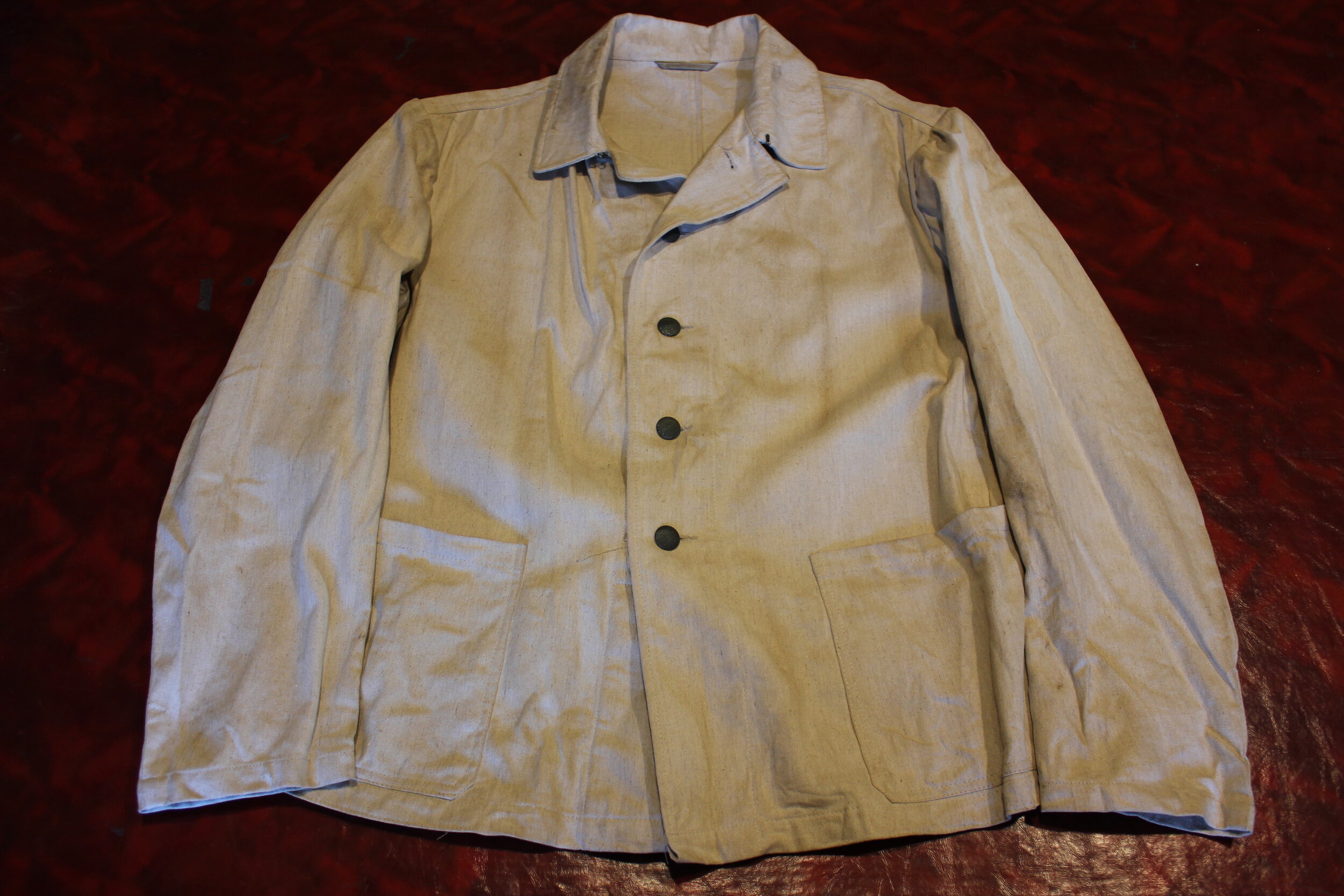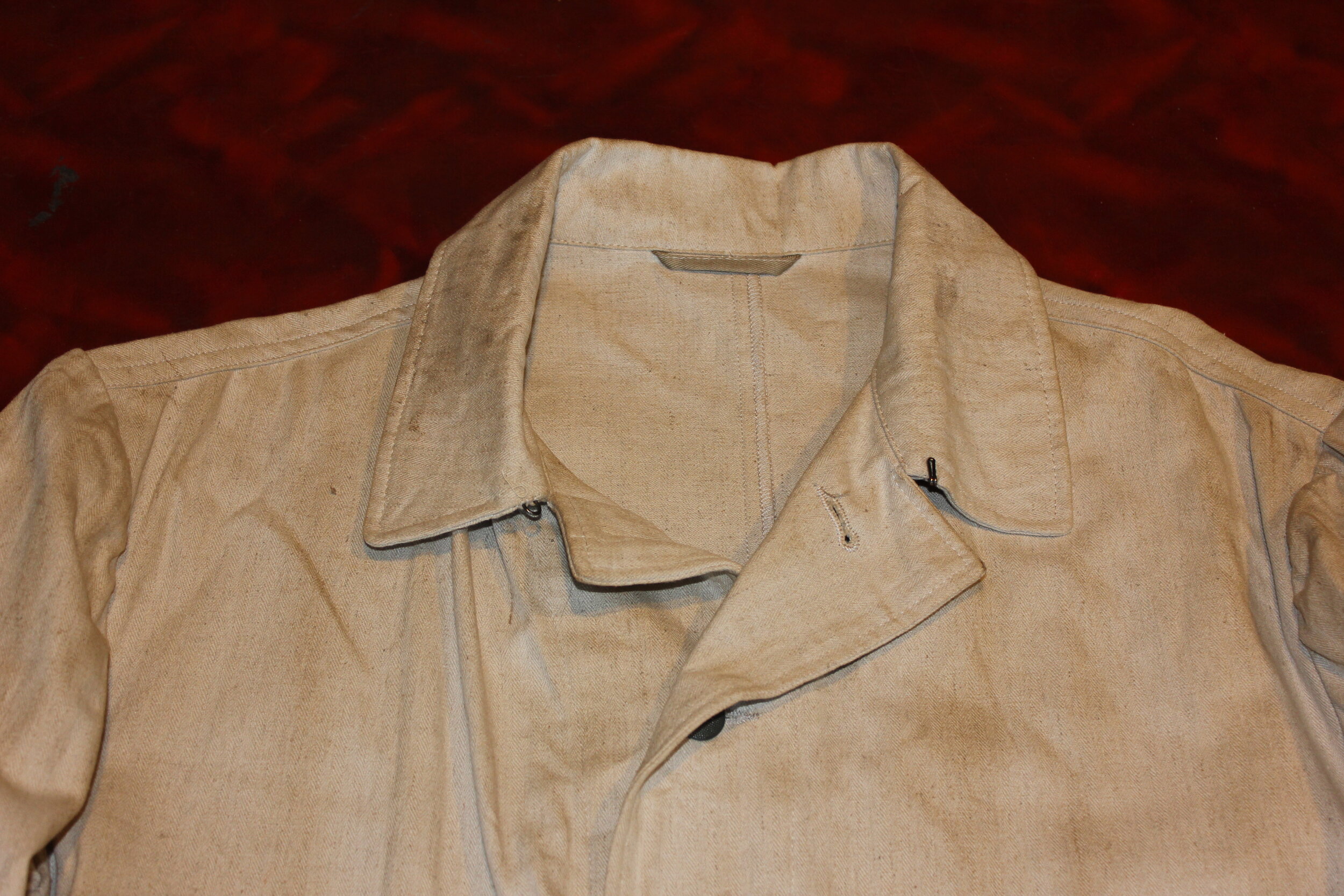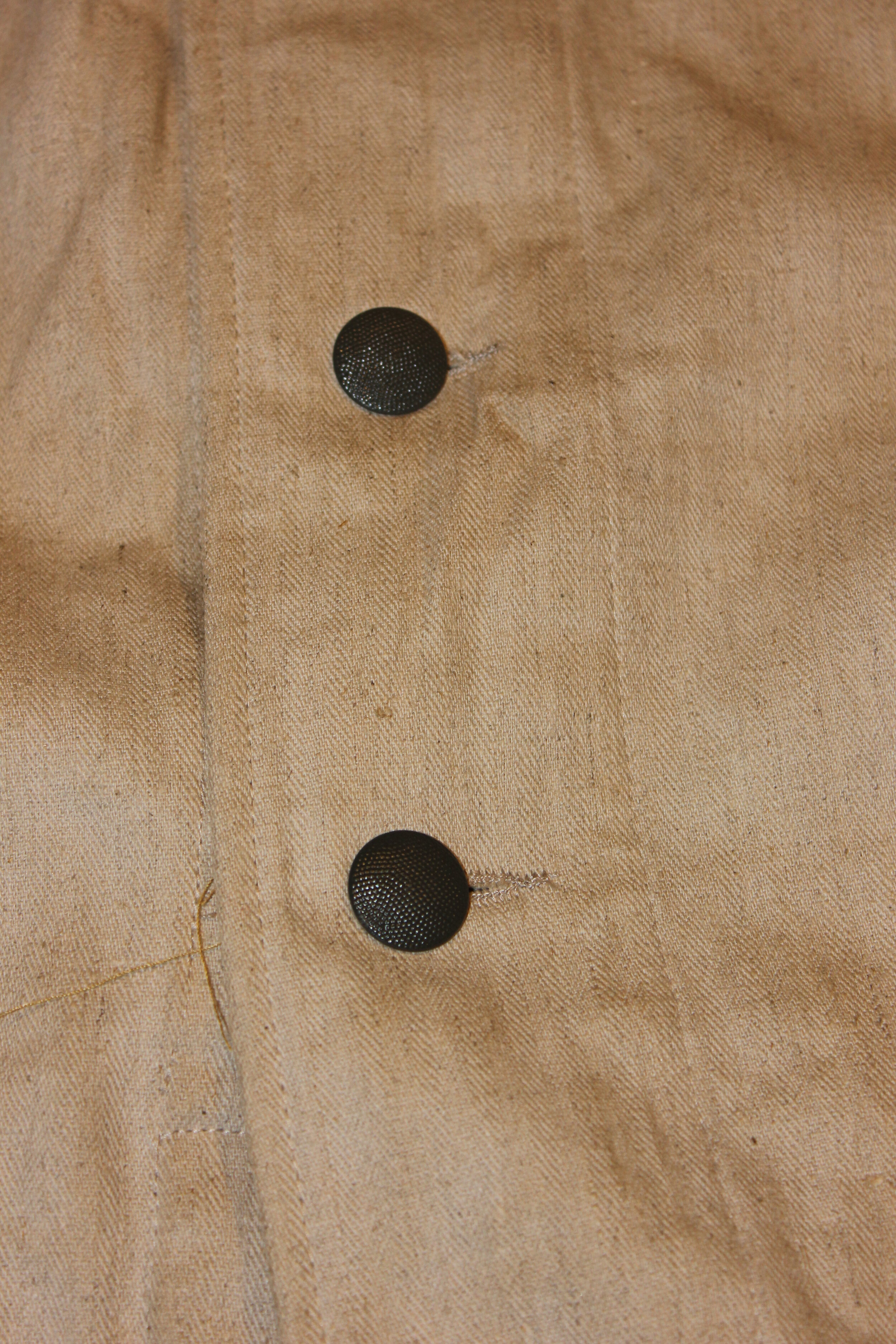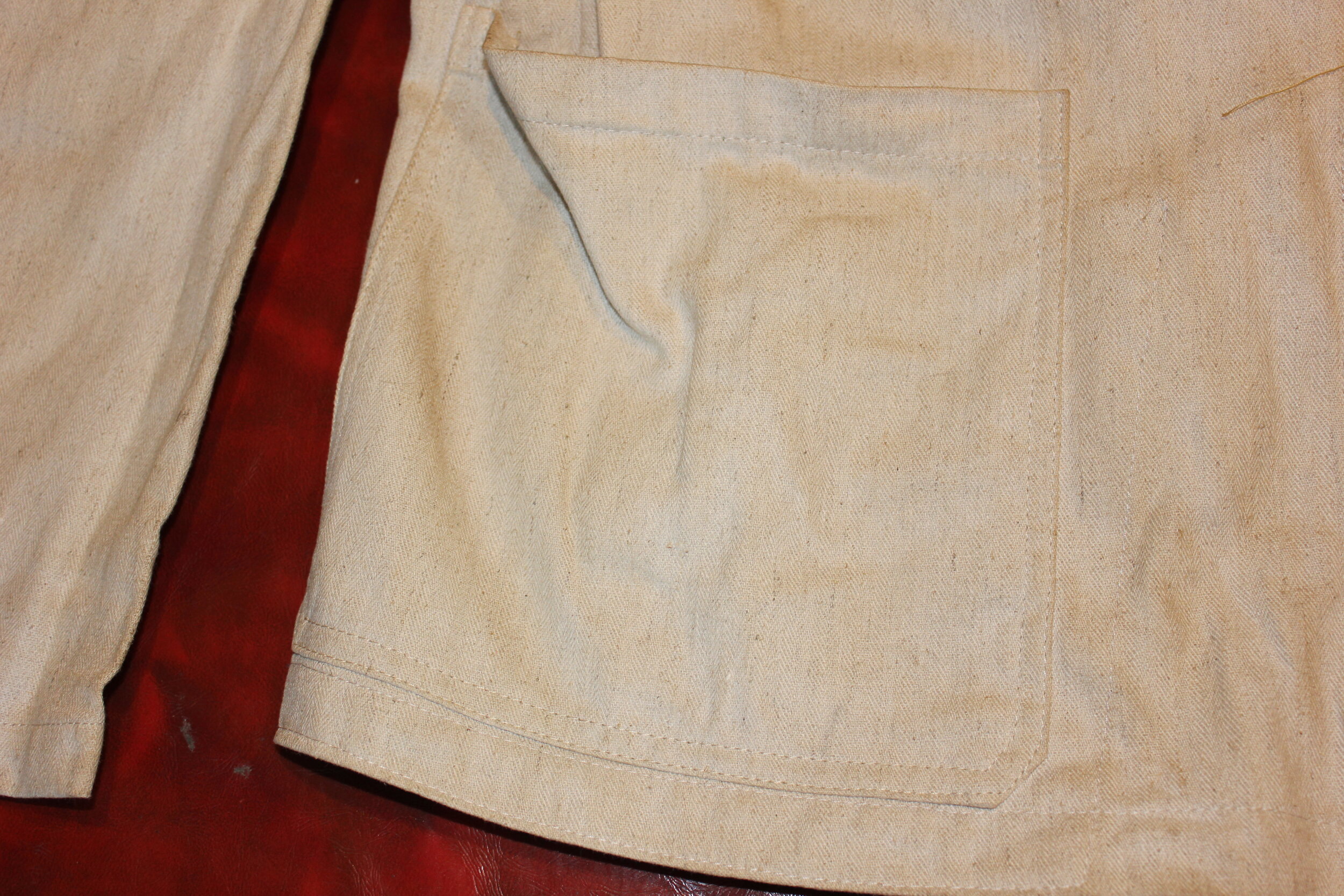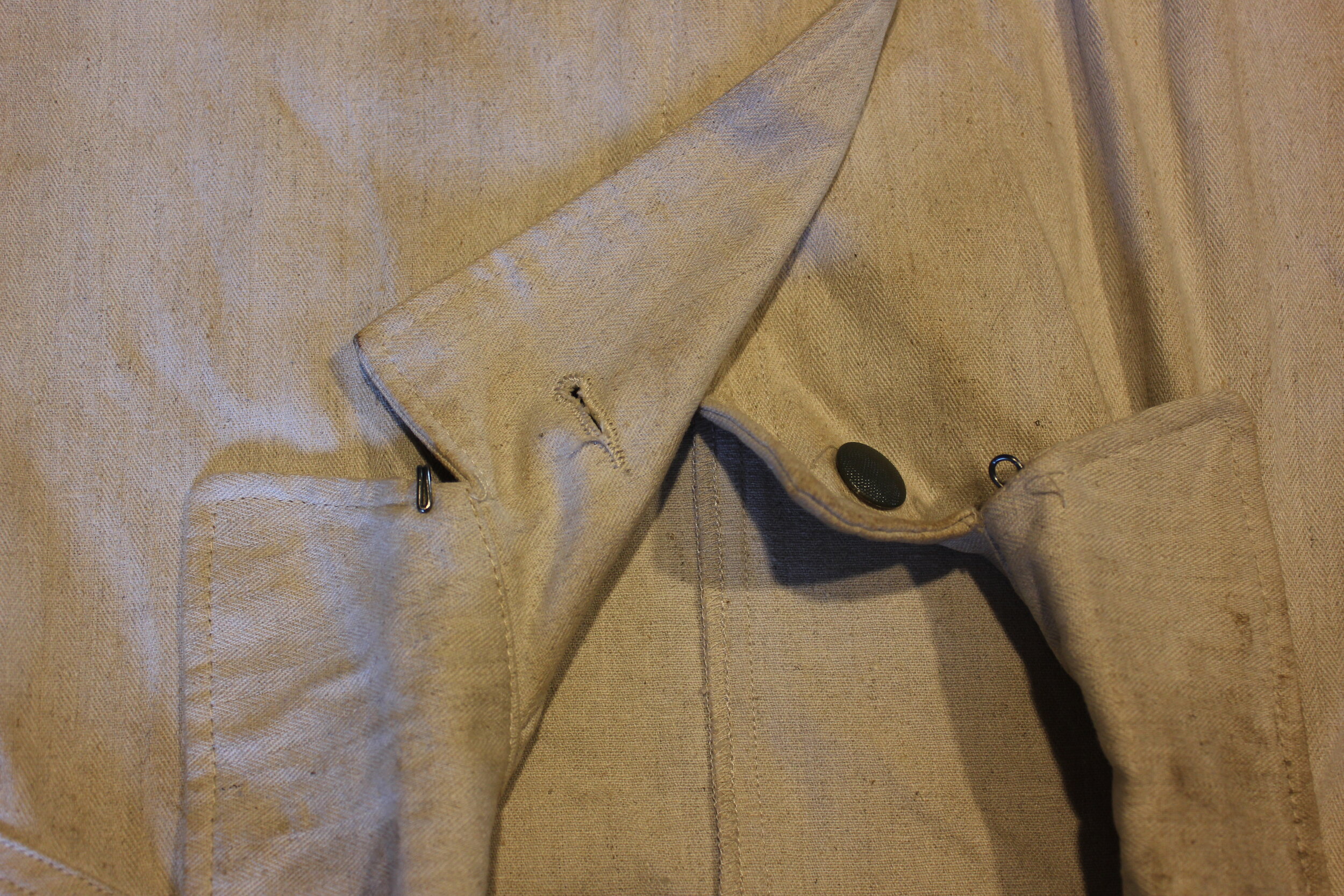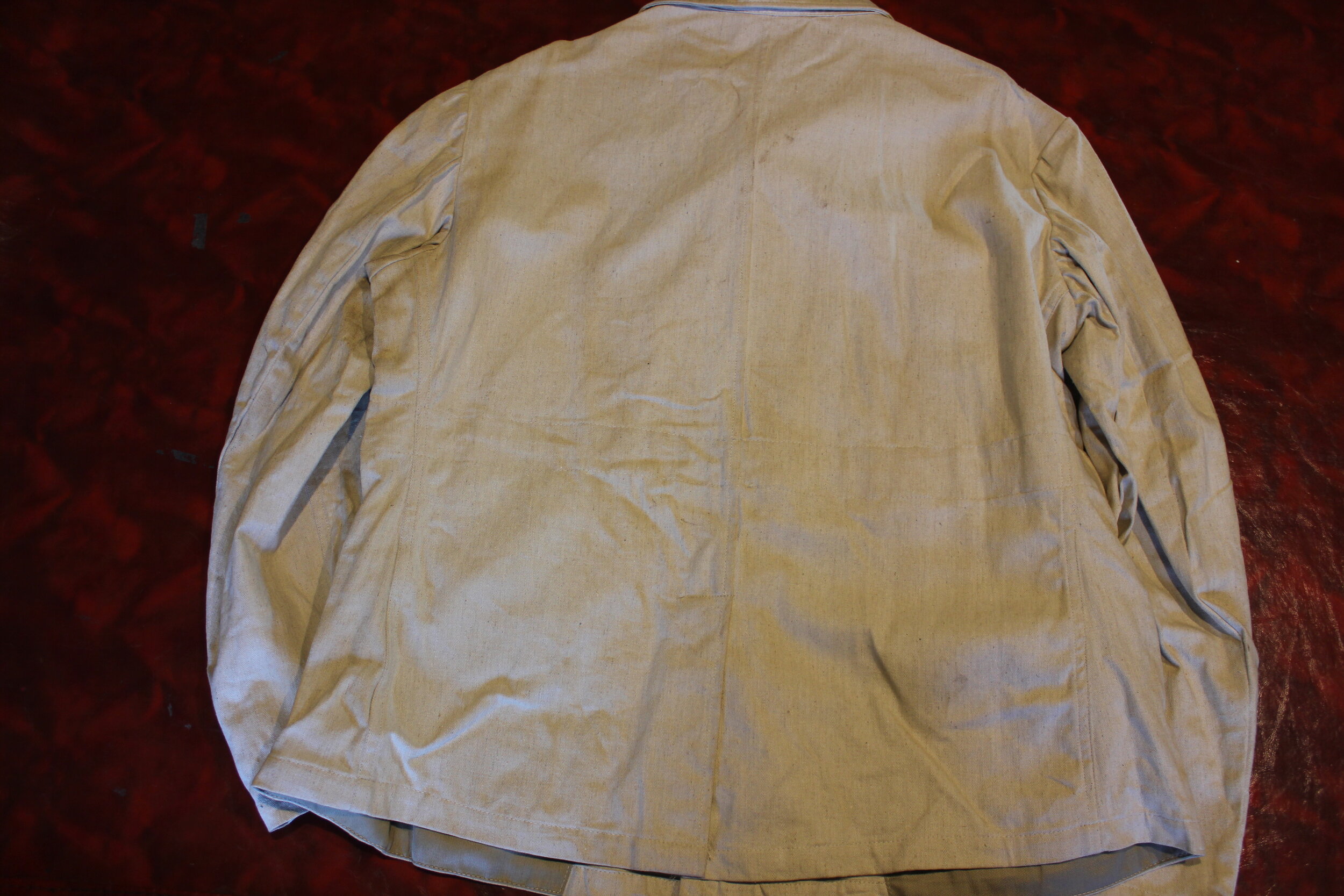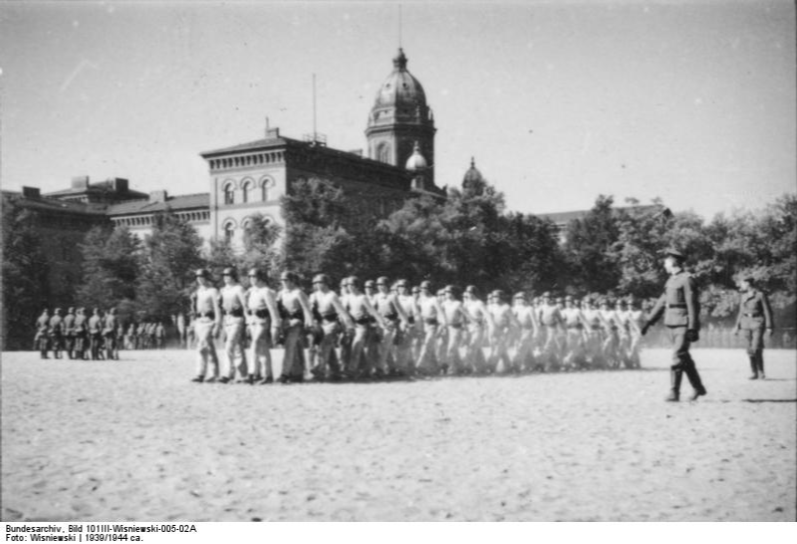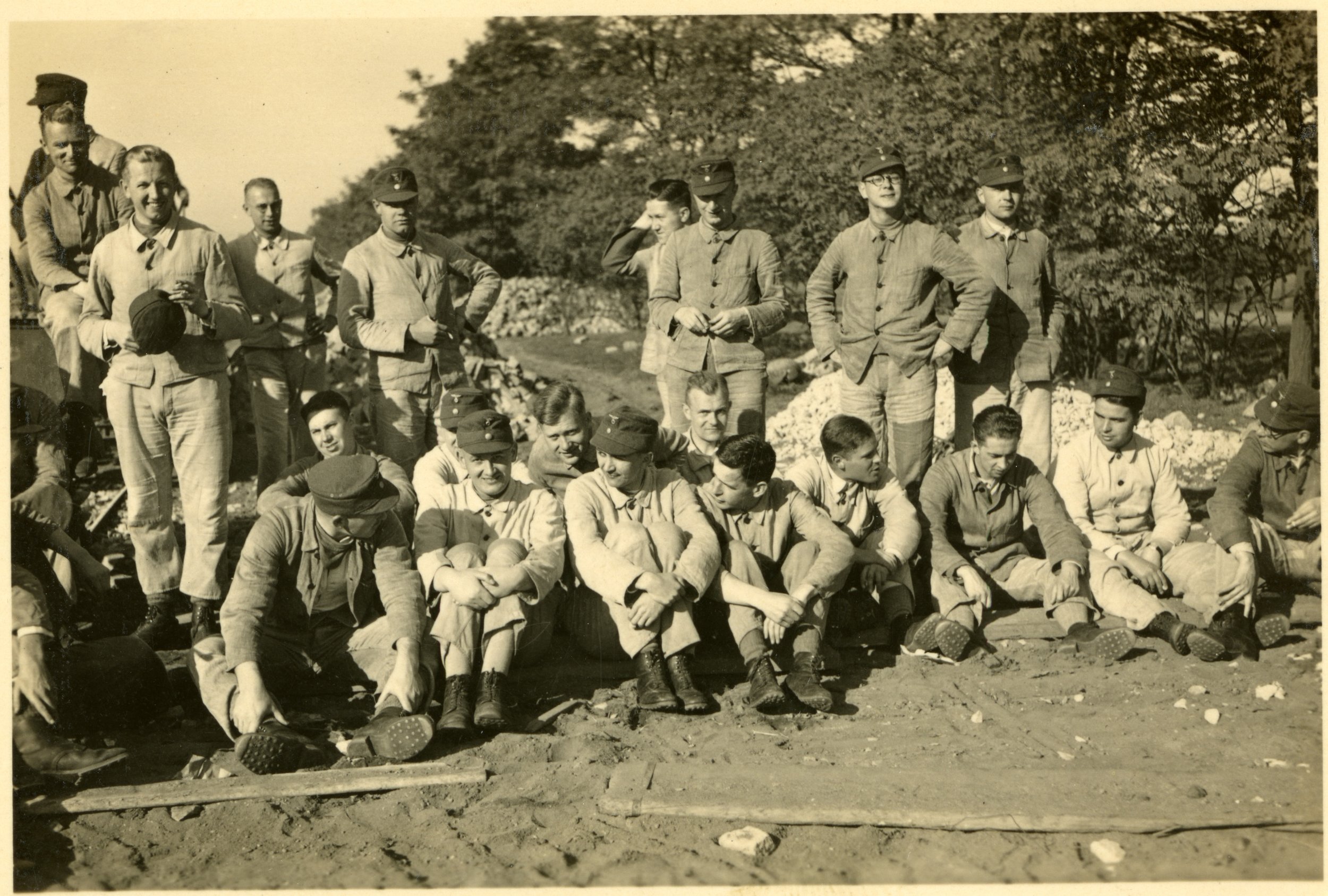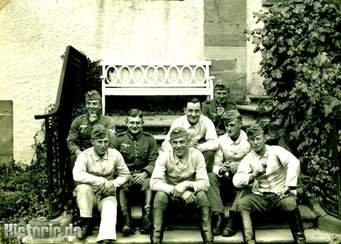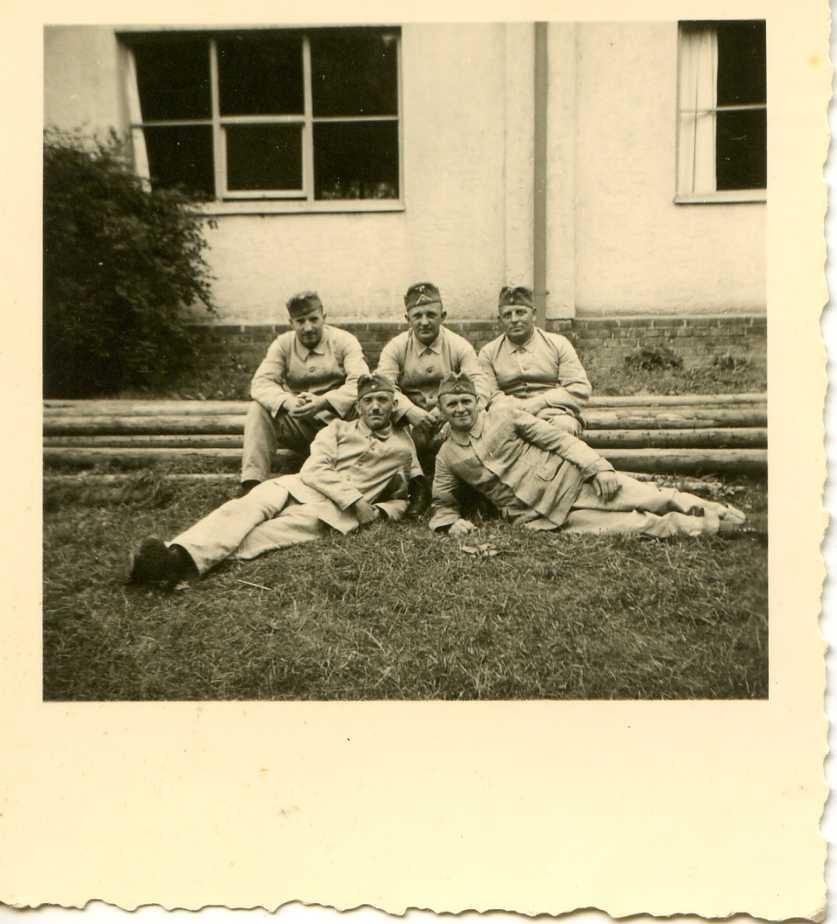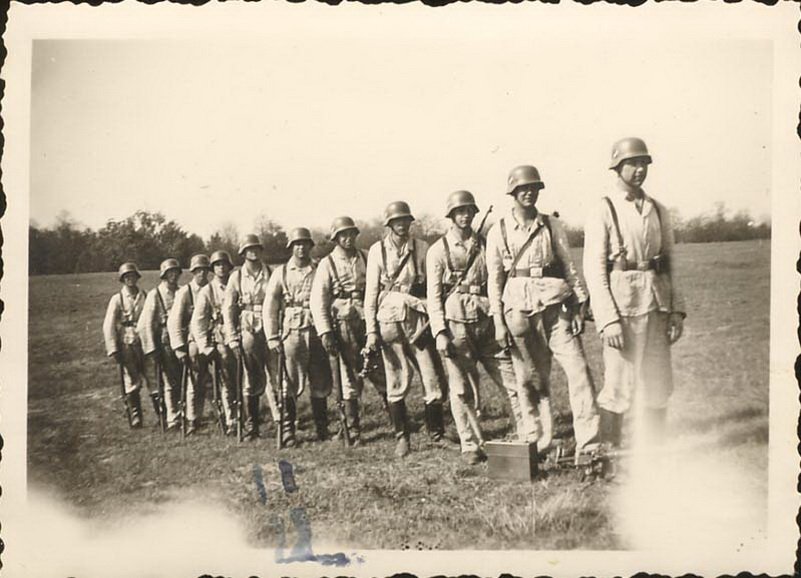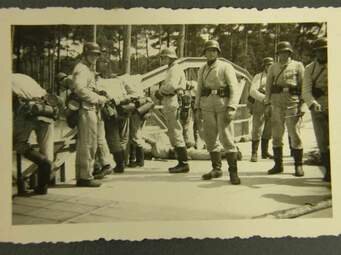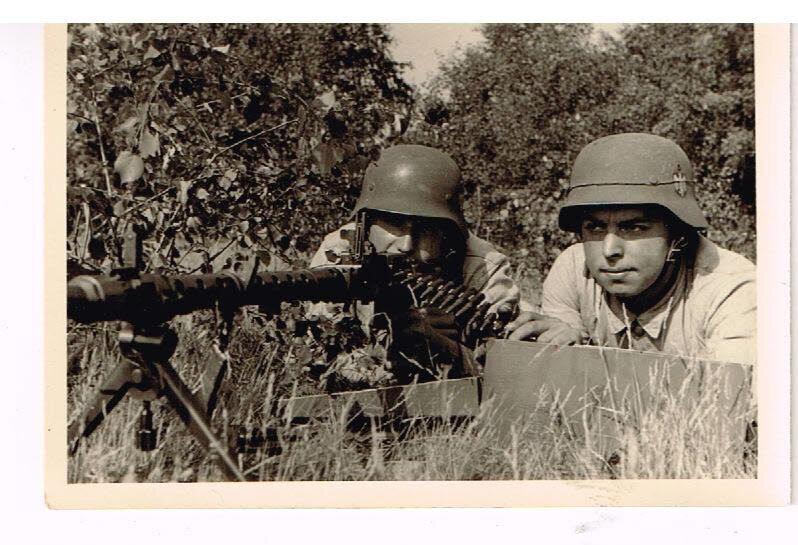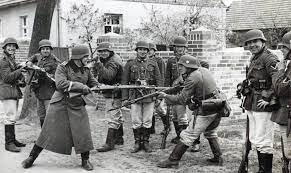Heer Recruits, Recruiters, Teachers & Instructors:
Obergefreiter, Recruiting Wehrersatzamt Wehrkreis XI:
Wehrkreis was a regional command designed to relieve field commanders of as much administrative work as possible and to provide a regular flow of trained recruits and supplies to the Field Army. Wehrkreis XI was headquartered in Hannover and was responsible for recruiting and replacing over twenty Heer divisions.
Replacement and Recruitment for all branches of the Wehrmacht were handled by Abteilung Ersatzwesen u. Wehrersatzamt of the Wehrkreiskommando-Wkr.Kdo. through recruiting area inspectorates, Wehrersatzinspektionen or W.E.I., and from there to the recruiting sub-area headquarters, Wehrbezirkskommandos or W.B.K. These control the Military Reporting Office, Wehrmeldeämter or W.M.A., and set up the examining boards or Musterungsstab or Must. Stb.
Most Wehrkreise contain two or three recruiting areas, with the number of recruiting sub-areas in each area varying between four and a dozen according to local needs. Each recruiting area is controlled by an Inspector of the Recruiting Area or Wehrersatzinspekteur, who is a general officer with the status and disciplinary authority of a division commander. In some cases, he may be a naval or air officer, since the recruiting system operates jointly for all three branches.
Recruiting sub-areas are commanded by lieutenant colonels or colonels selected from the class of officers whose suitability for active service in the field has ceased. They have the status of regimental commanders.
Conscription During the spring of each year in peacetime, under directives issued by the OKW, those who were turning 20 years of age during the year were summoned by the Kreispolizei by means of public notices to appear at the local police stations for Polizeiliche Erfassung or registration. It should be noted that local police always have a complete roster of all residents of their precincts, based on compulsory registration.
The first examination. Shortly after the registration, the recruiting Wehrbezirkskommando would issue orders for the holding of the first examination or Musterung of the registrants. This is carried out according to local registration districts by the Musterungsstab, which was a board that included military, police, civilian administrative authorities, and the Reichsarbeitsdienst, as well as medical officers.
On this occasion, the registrants are classified according to their physical fitness. Kriegsverwendungsfähig-Kv or fit for service, Bedingt kriegsverwendungsfähig or fit for limited service, Arbeitsverwendungsfähig -Av or fit for Labor Service, Wehruntauglich-Wu or totally unfit for service, Zeitlich untauglich or temporarily unfit for service. Following their medical classification, the registrants are placed into the Ersatzreserve.
The final Examination was taken at a second examination, Aushebung or drafting. This was conducted by the same authorities as the first examination and resulted either in a deferment or indefinite assignment to a branch of service. The registrant was then told to go home and await orders.
Call-up or Einberufung is issued by mail by the recruiting sub-area headquarters in the form of an induction order or Gestellungsbefehl directing the registrant to report at a specified time at the headquarters of a replacement unit.
Recruits reporting at a battalion headquarters are first subjected to roll-call and then distributed to the subordinate companies, where the final medical examination and actual induction or Einstellung takes place. Induction is followed by a mental and physical test to determine the most suitable employment for each man and the administration of the oath of allegiance.
The Obergefreiter conducts lower-level administrative tasks and paperwork as well as moving groups of new recruits from station to station during their conscription process.
The shoulder and collar insignia of his Feldbluse is piped in the orange-red Waffenfarb, as is his Schirmmütz. During his duty day, he will wear matching trousers and Marchsteifel with a leather belt and buckle with no equipment or sidearm.
Rekruting Feldwebel Wehrkreis XVIII Salzburg 1938:
The Wehrkreis system was set up throughout Germany to support the field army by doing as much administrative work as possible and to provide a regular flow of trained recruits and supplies.
Each Wehrkreis controlled a Wehrbezirk Hauptquartier or District Headquarters, which corresponded to the civilian political districts; in the case of XVIII, this was Salzburg.
Created following the annexation of Austria in 1938, XVIII set up Replacement Division Staff 188 to control its replacement training units, mostly mountain troops. Replacement Division Staff 418 was located in Salzburg. XVIII was responsible for training 2., 3., 5., 6., 88., 188. Gebirgs, 118. Jäger and the 718. Infanterie Divisions.
Young German nationals were subject to service, and the recruiting office functioned more as a selection branch than one of solicitation. Following a young man’s 18th birthday, he was tested both mentally and physically before his service in the Reichsarbeitsdienst or RAD which was the state labor corps. Following this period, he would move into the military units supported by the Kreis for training.
The Feldwebel wears a Feldbluse Model 36, which displays the Roman numeral cipher for the Wehrkreis in Salzburg. The red-orange Waffenfarbe is particular to this branch.
On the Bluse he wears the Sportsabzeichen in Bronze, indicating he has tested and remains fit and competent in several military-oriented physical tasks such as marches with ruck, grenade throw, etc. With the Bluse, the Feldwebel most likely wears a Schirmmütze with matching Waffenfarbe.
White Light Weight HBT Training Jacket:
The white lightweight “Work Uniform” that was received on enlistment, stayed with the recruits in their footlocker for if and when it was ever needed again. It was used so they would not soil their new uniforms, but that happened anyway, for training's sake.
The uniform was a spin on the general work outfits of the common citizen at the time of the 1800s to the 1900s. It continued and was the obvious pick for use with the recruits for the build-up to WWI, as well as WWII. It was used throughout the war for these purposes, but I think from 1943 on, as materials became harder to come by, they were simply not available as the HBT became in demand for front-line use in camouflaged and gray uniforms.
The uniform was pretty much the same for all the services, and most times it ended up at the bottom of the footlocker. But not always, some, if it was taken with them, ended up in use on the front lines, in the bone-white, at first, then they started dyeing them feldgrau.
These proved to be quite useful for summer use in Russia and later in 1944 on the Western Front as well, the white came in as an over-jacket for winter camouflage at times, even; these were desperate measures for sure.
Heer Oberfeldwebel, Militärärztliche Akademie:
The Militärärztliche Akademie (Military Medical Academy) was reopened on 1 October 1934 in the Kaiser Wilhelm Academy building to ensure the training of Sanitätsoffizieranwäter, Sanitätsinspekteur & all other medical aspects for the medical officers and officials in the military.
As with all military organizations, Unteroffizier or non-commissioned officers kept the gears turning in all aspects of the training, personnel, and material processing in this massive organization as it grew with the demands of the war.
This Oberfeldwebel’s Heeres Dienstanzug Model 1936 is commonplace in the halls of the Akademie. An Eisernes Kreuz II. Klasse und Allgemeines Sturmabzeichen winner in France, he also wears the Verwundetenabzeichen in Silber from a wound, putting him in a place off the front line, perhaps loss of an eye. While on his duty day, he will wear standard trousers with standard Marchstiefel or shoes, a cartridge belt with buckle, and Schirmmütz piped in matching Dünkelblau Waffenfarben. The collar Litzen is the generic war pattern instituted around 1940; they are backed and sewn to the collar. Highly trained medical support for all branches of the Wehrmacht was considered essential. Training in field settings comprised part of the course for medical officers at the Militärärztliche Akademie. With the Building of the German Uniform Collection.
It all started with just an insignia collection and old US uniforms. When that filled a couple of boxes, I started putting them on uniforms, which I thought I knew something about. That did not pan out so well, then I found someone who could help me out, who wrote books on finding fakes, and now I have him help me make reproductions, and over a long time and a ton of work I’m amazed just how many uniforms we came up with, often with me wanting to make some odd uniform, he figured just didn’t really exist, or too hard to make, did I mention this is a very expensive hobby, sometimes we went back and forth sometime’s he learned something, sometimes me, but all of it was an eye opener to what I got into.
It does amaze me how far I have gotten, tons of uniforms covering the spectrum, from the Army’s land forces and the Air Force and Navy, then all the branches of those and different units and countries, it got out of hand. I had never even thought about many of them before, and what some of the insignia ended up looking like on a jacket and cap. I got educated, as well as those putting them together, often with real items added, patches, decorations, etc. The American Collection was going on at the same time, but it started first, though, for a different reason, starting with my relatives and neighbors, and aquafitness, even free from someone who heard I’d use, some came from garage sales, or the surplus store, and the like. It has kept me and my friends very busy over the years, and that time has come to a radical slowdown as all things eventually do, but still, things pop up.
This is not all of the medical personnel or Doctors I have in the German Uniform Collection, by any means. I’ll move these around from time to time, there are other in the Heer, in the Panzer, and Gibirgsjager sections (or Blogs I guess-but no discussion), and the Waffen-SS section and Luftwaffe, and Kriegsmare areas too, and thease may end up back in the infantry section, I confuse myself on this even!
